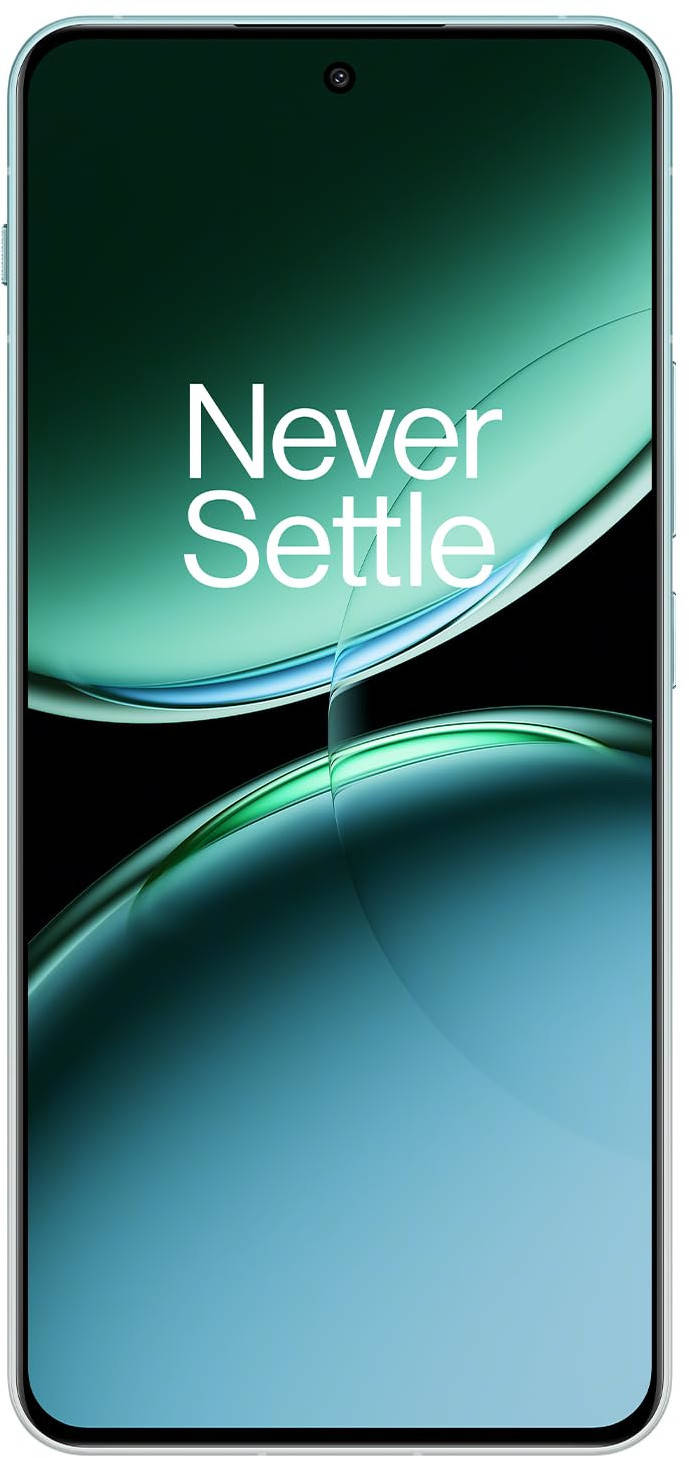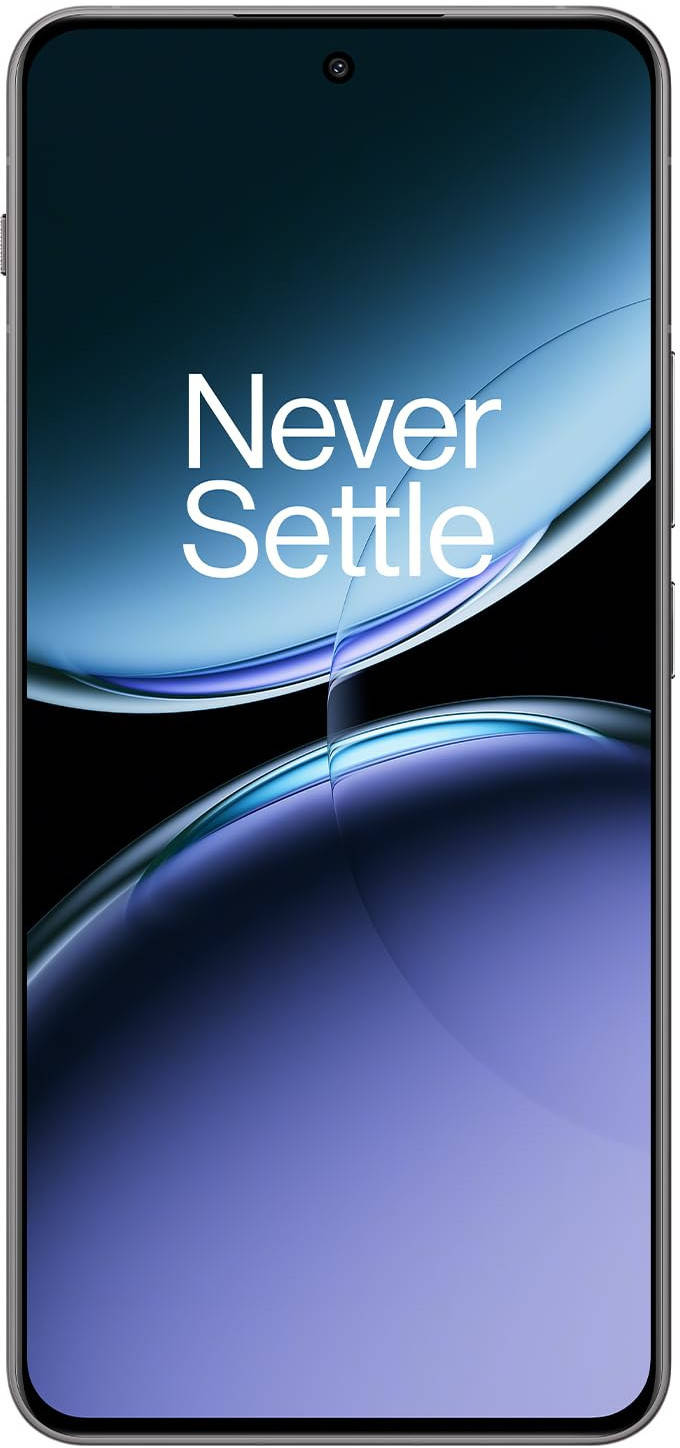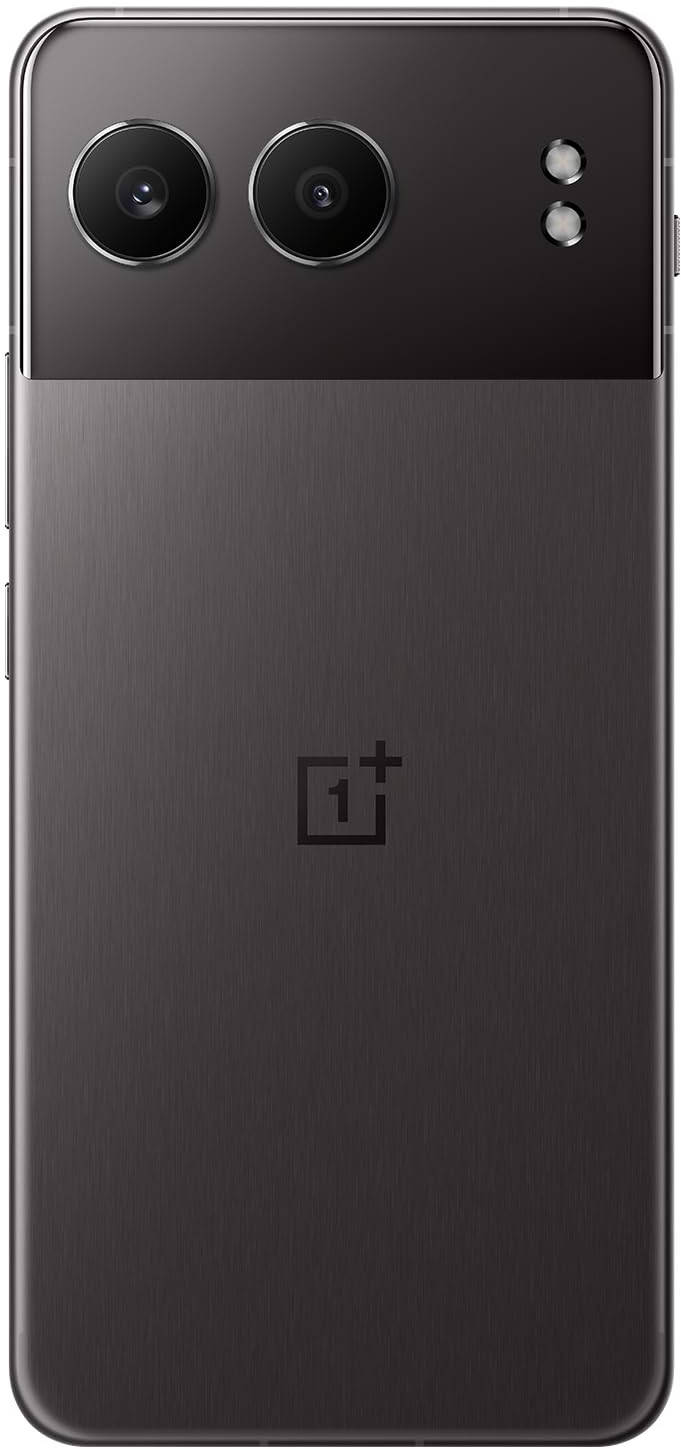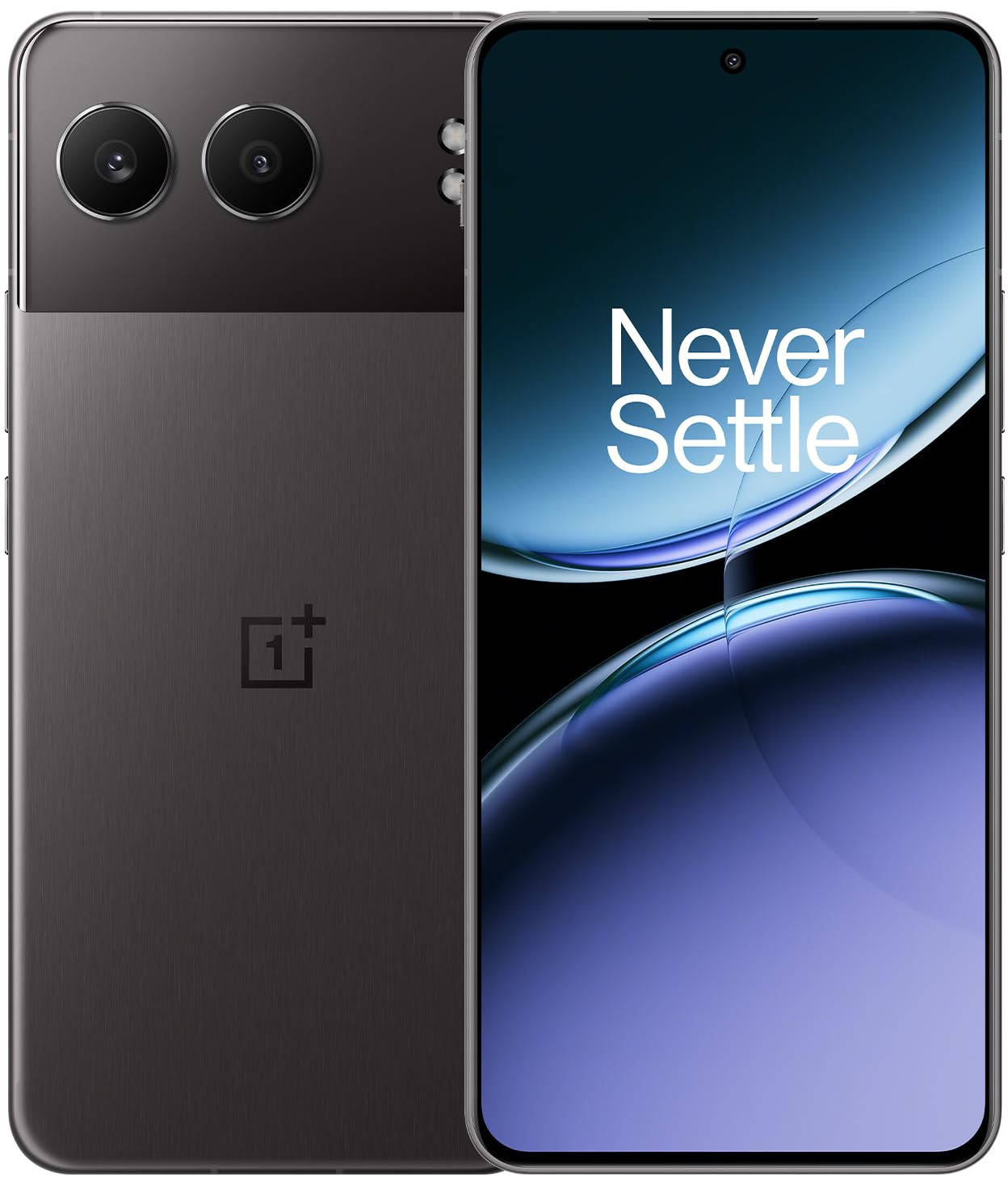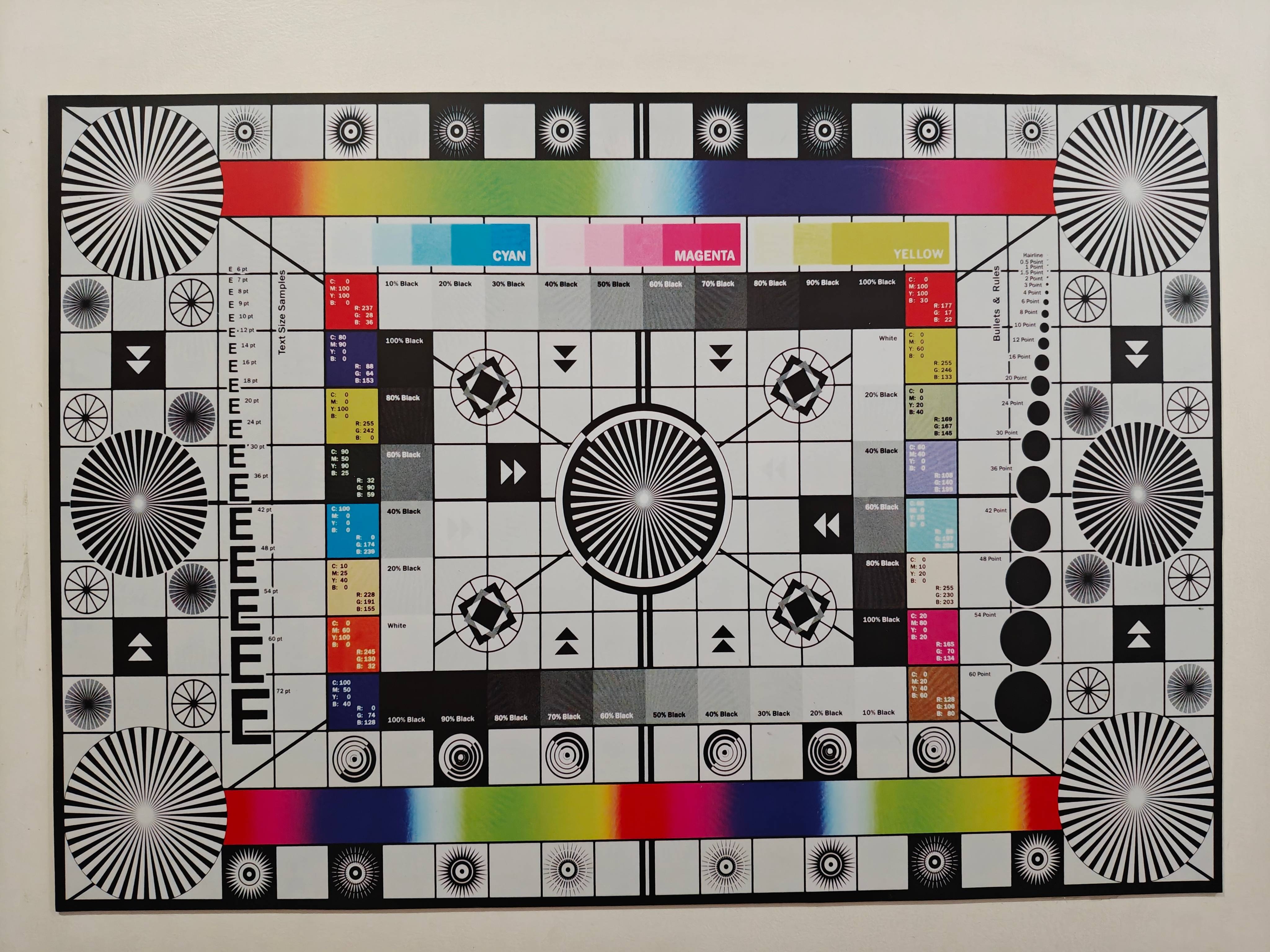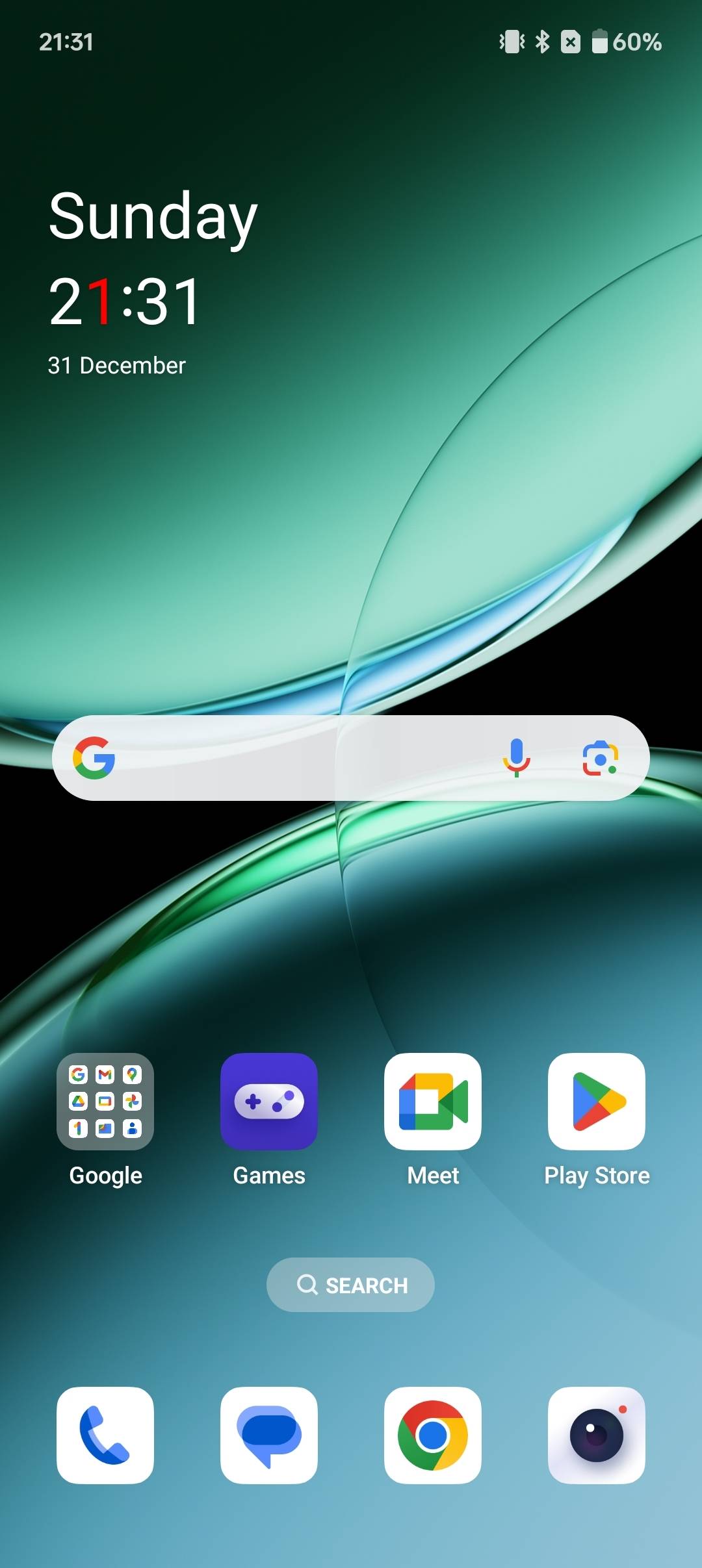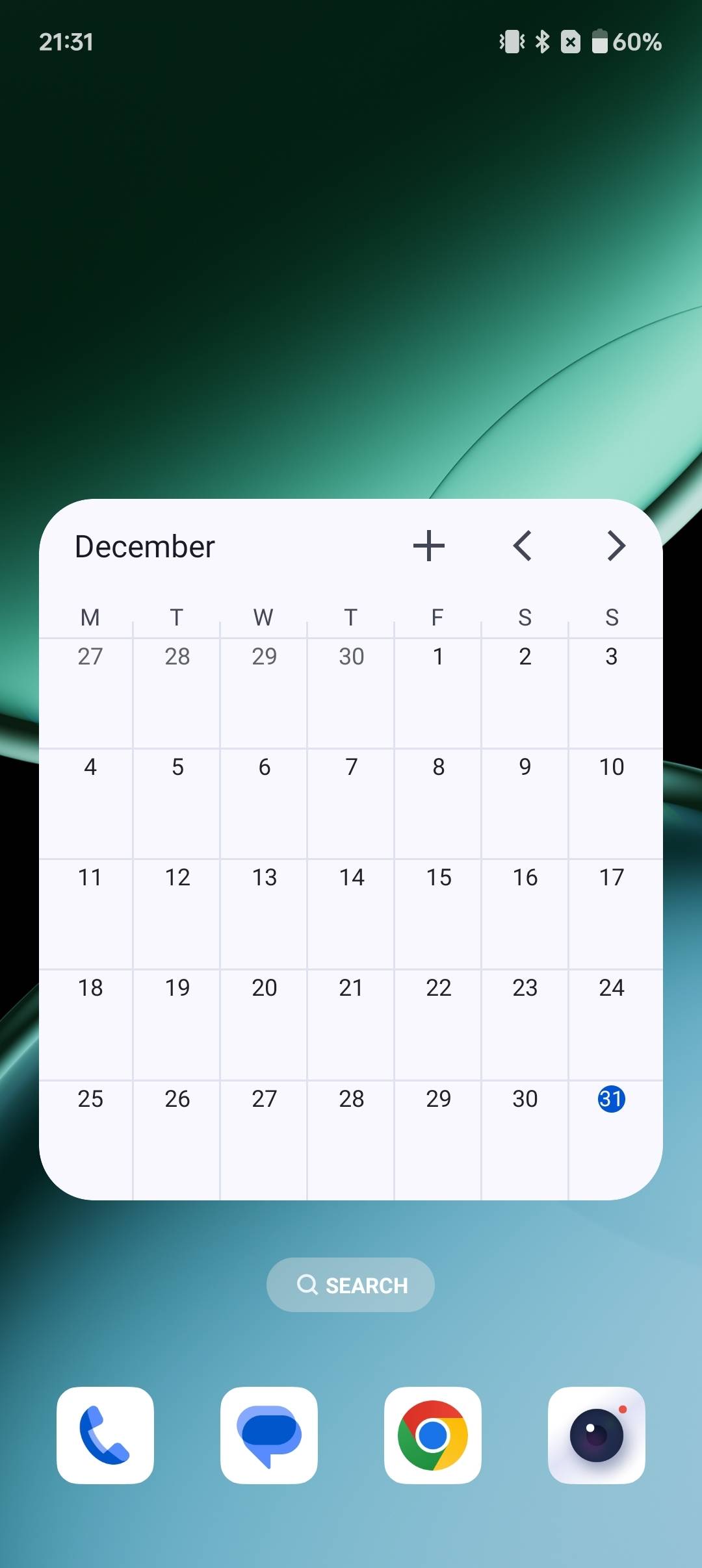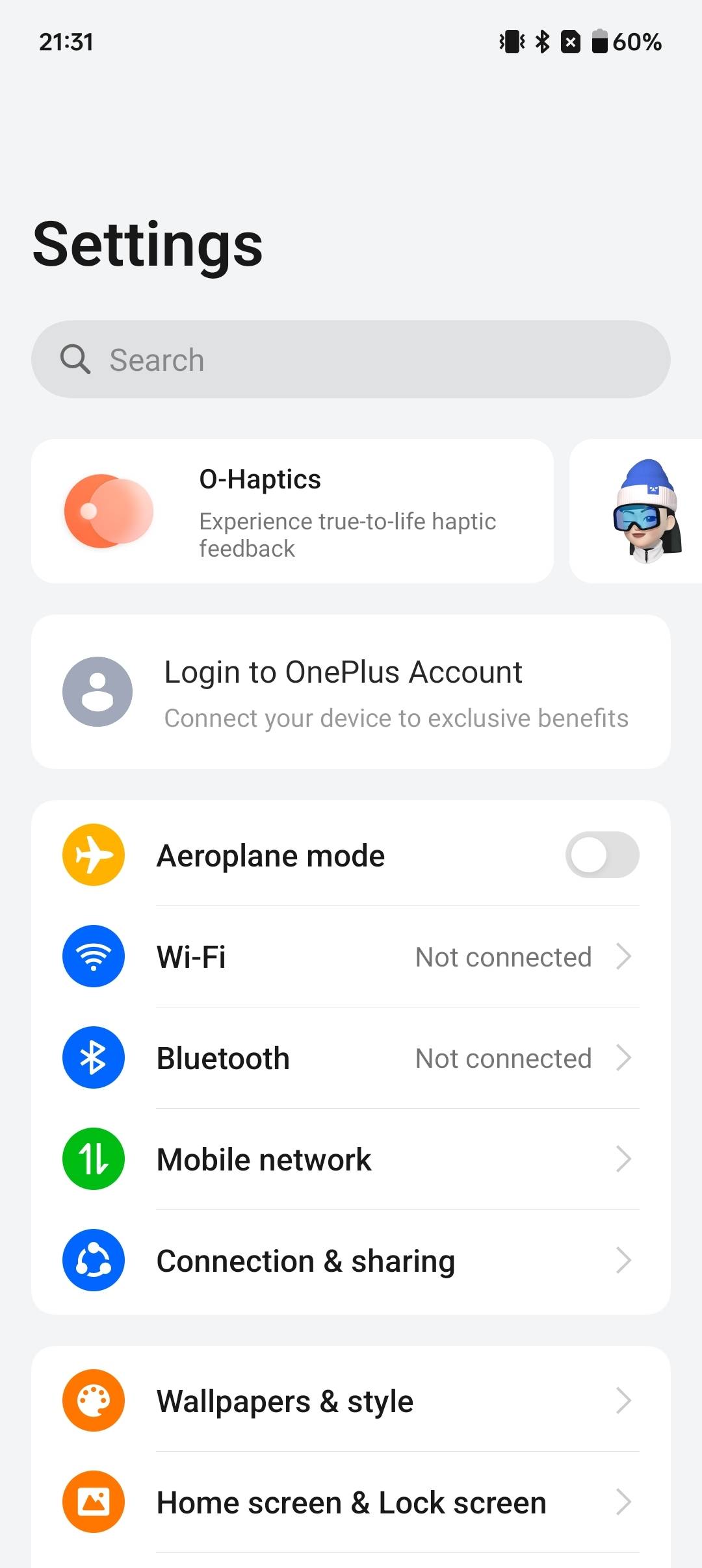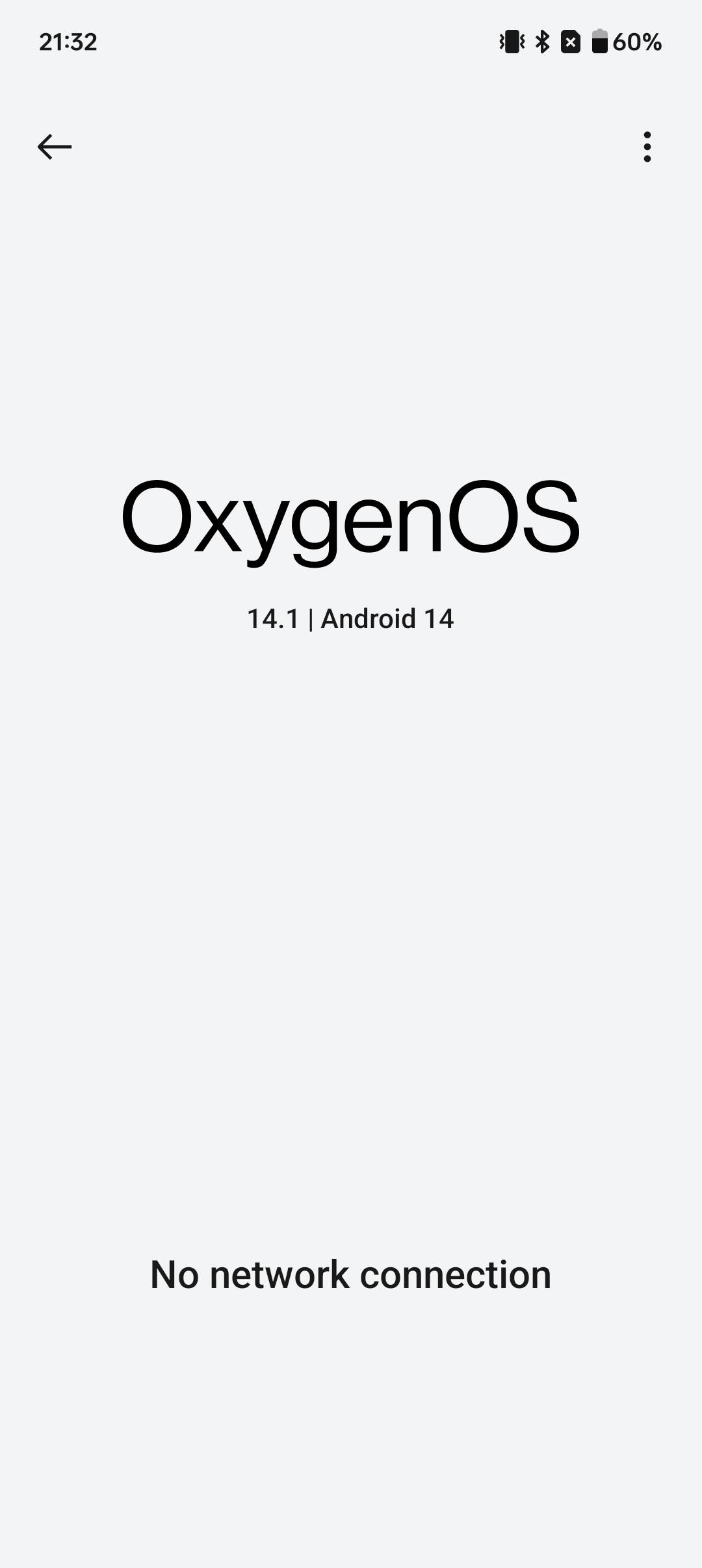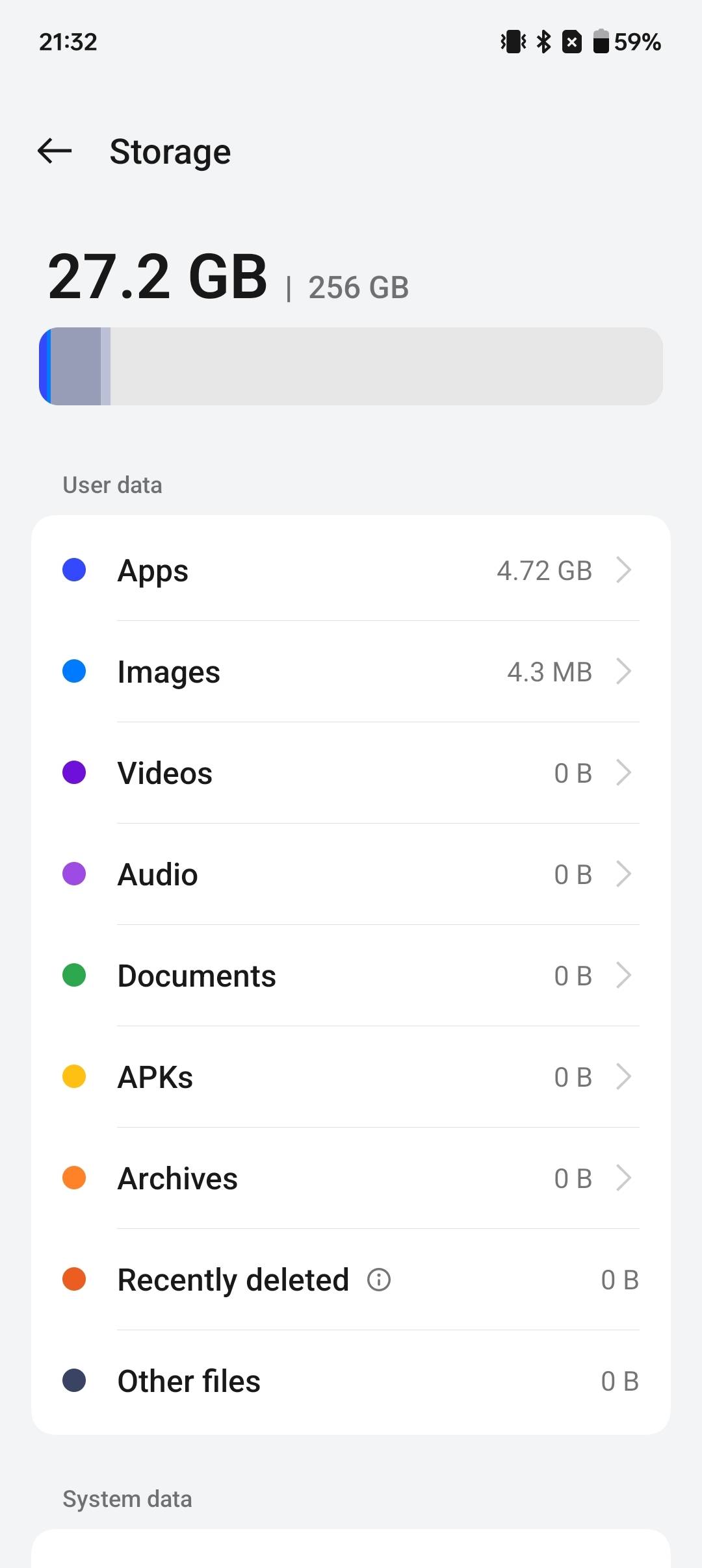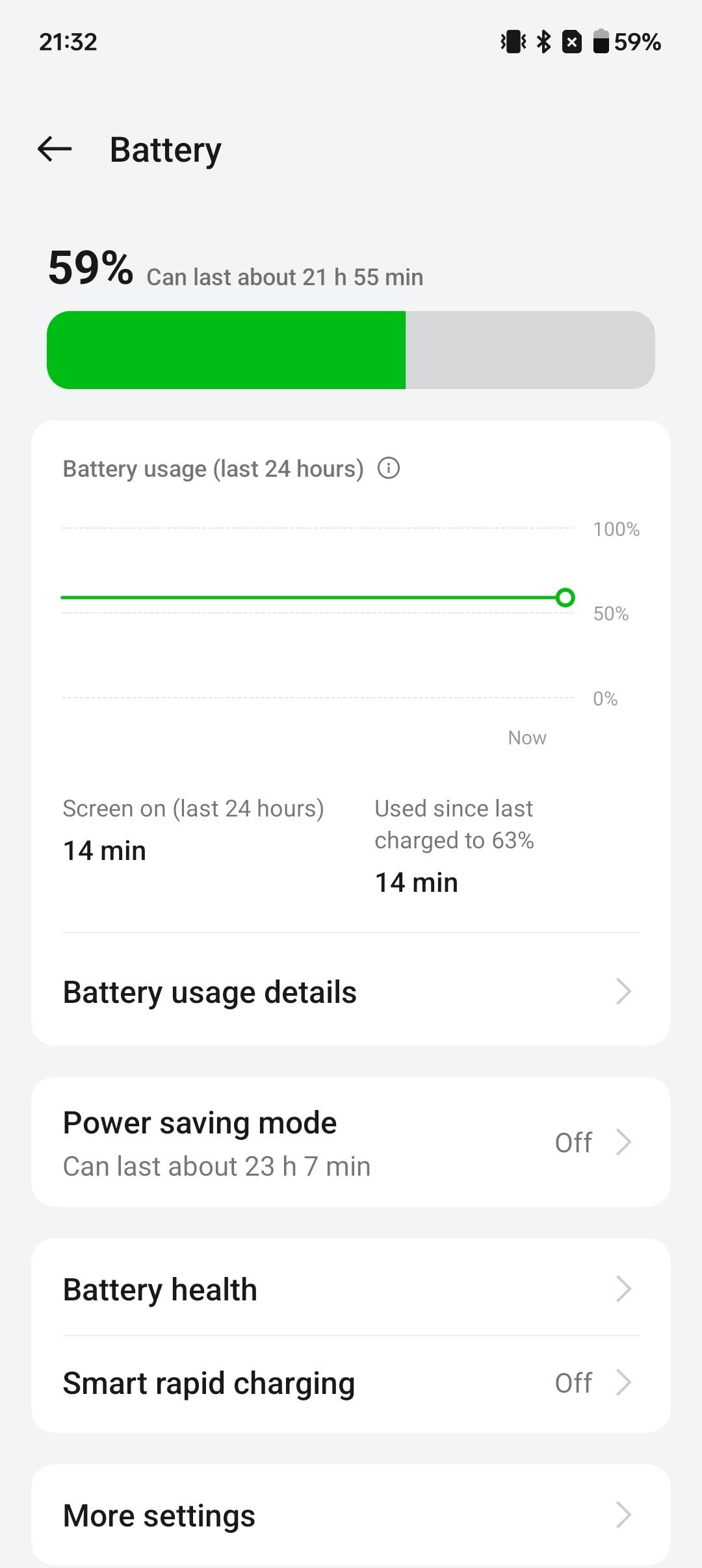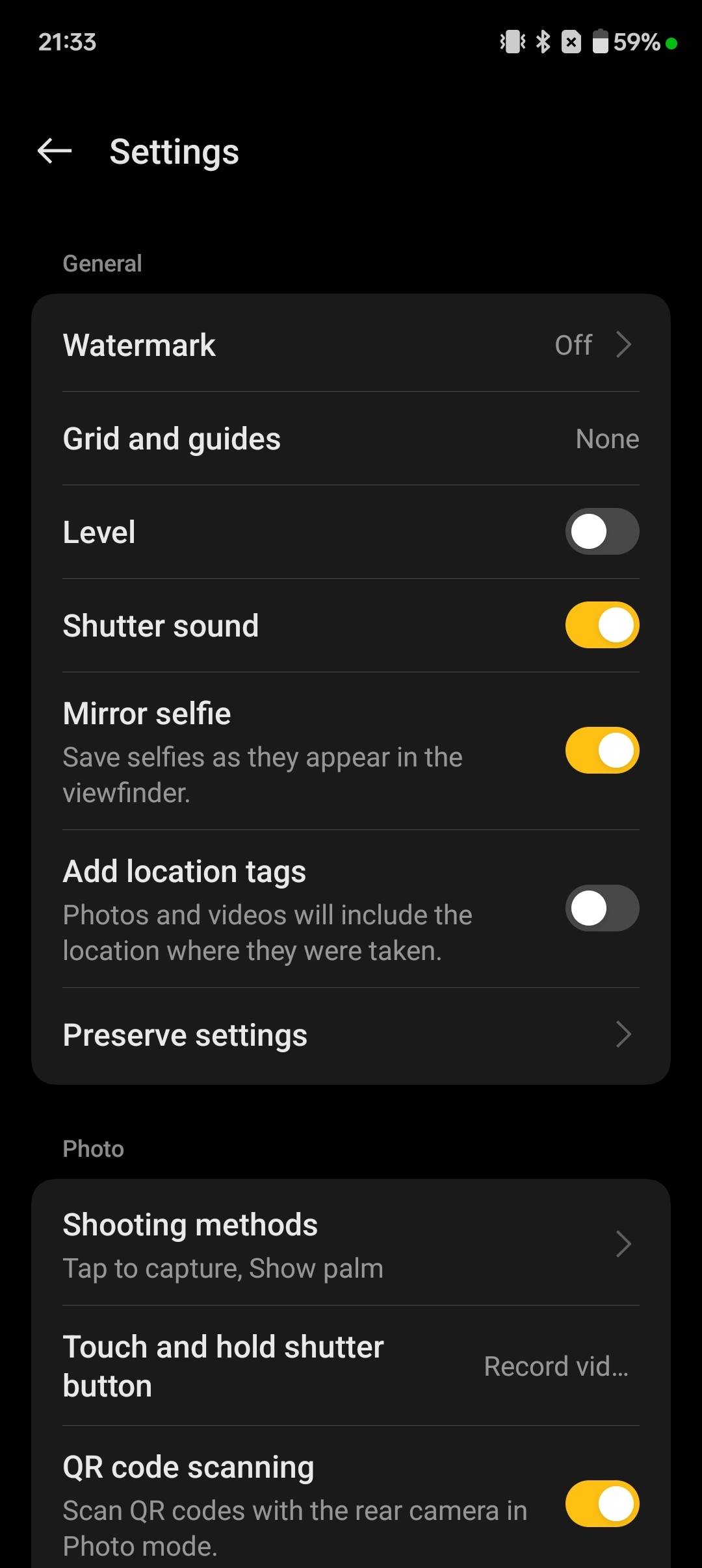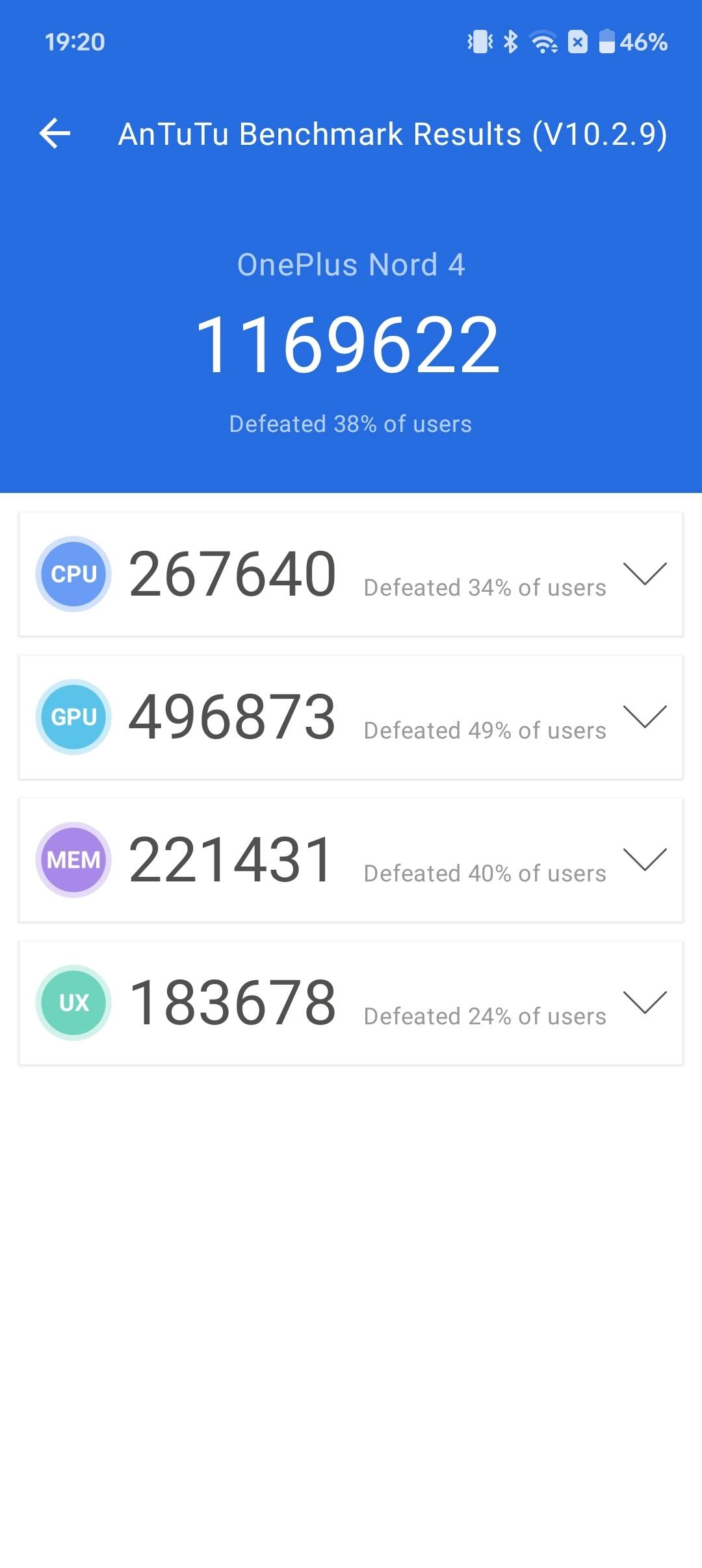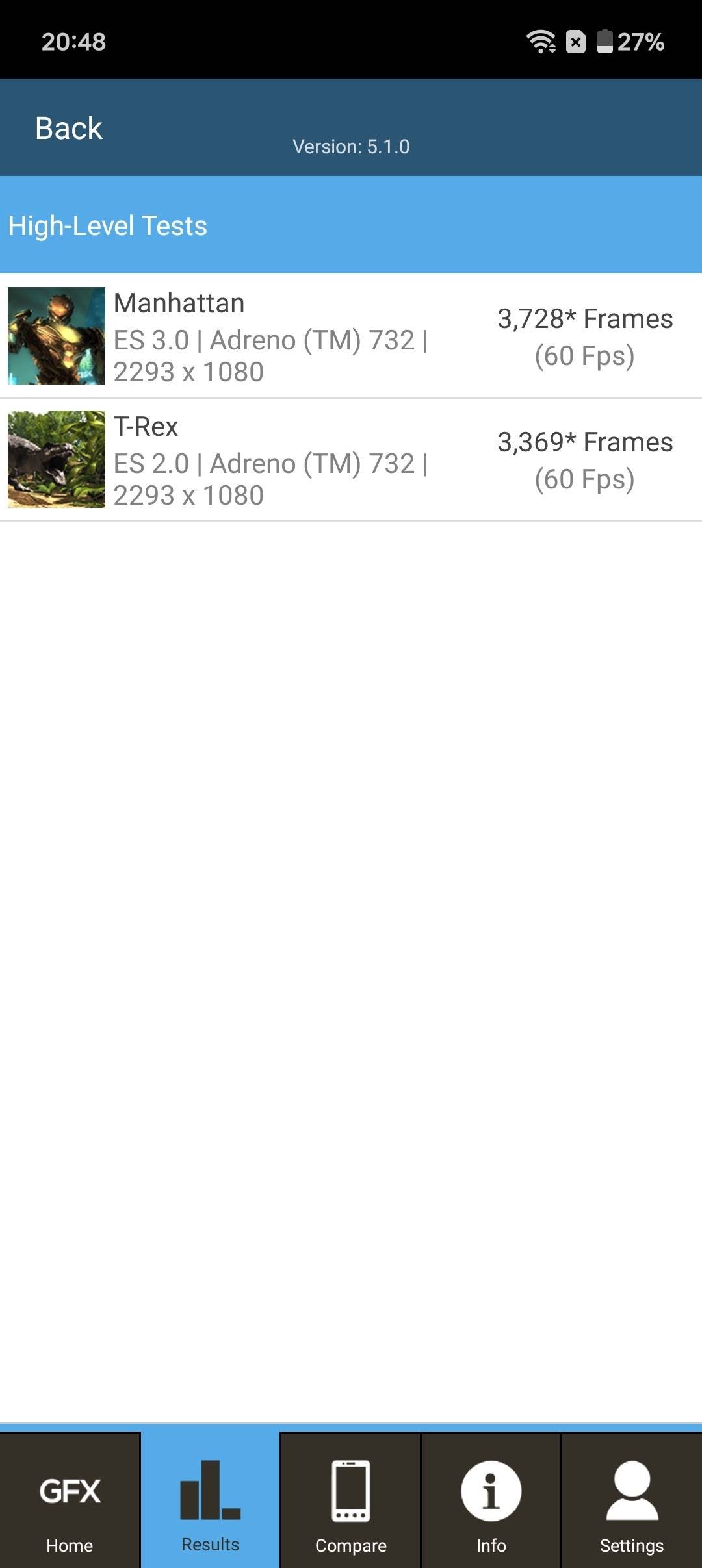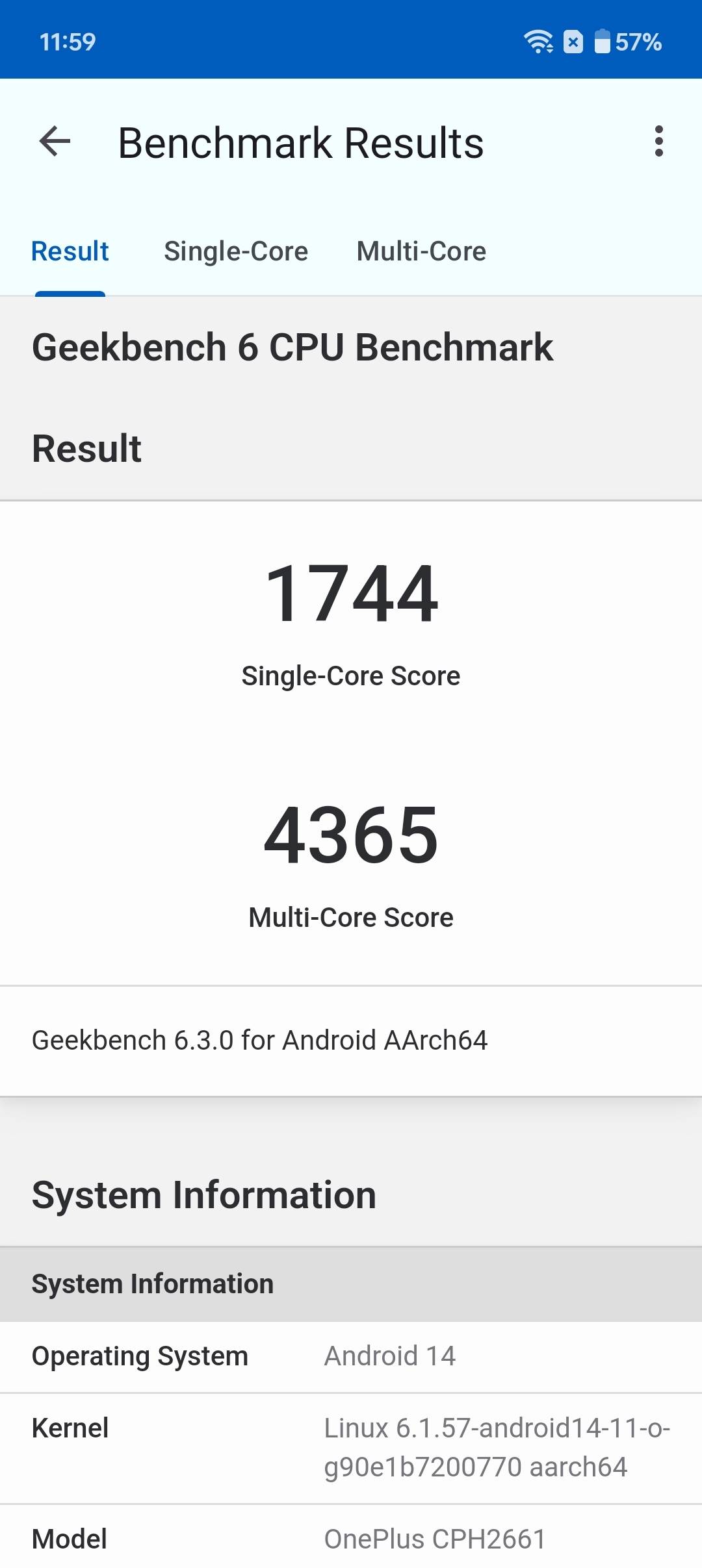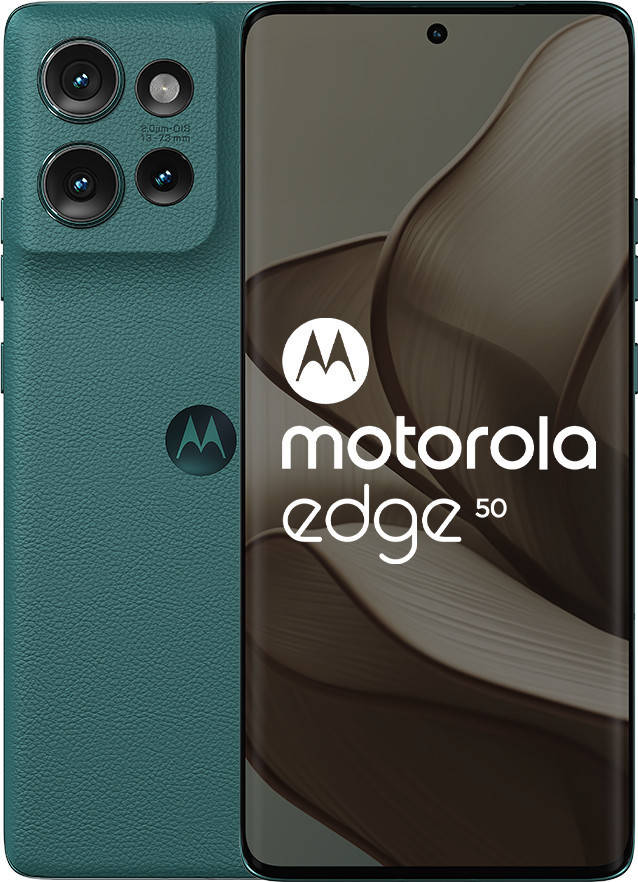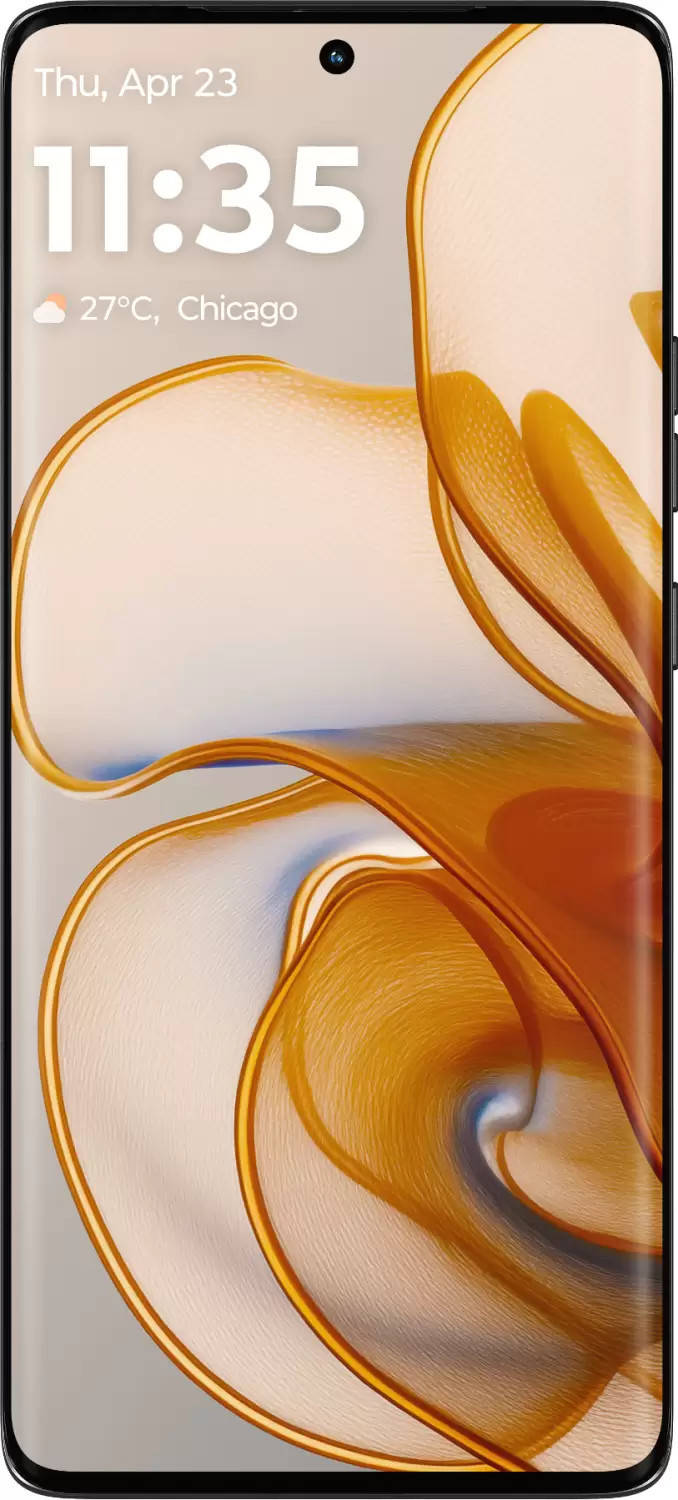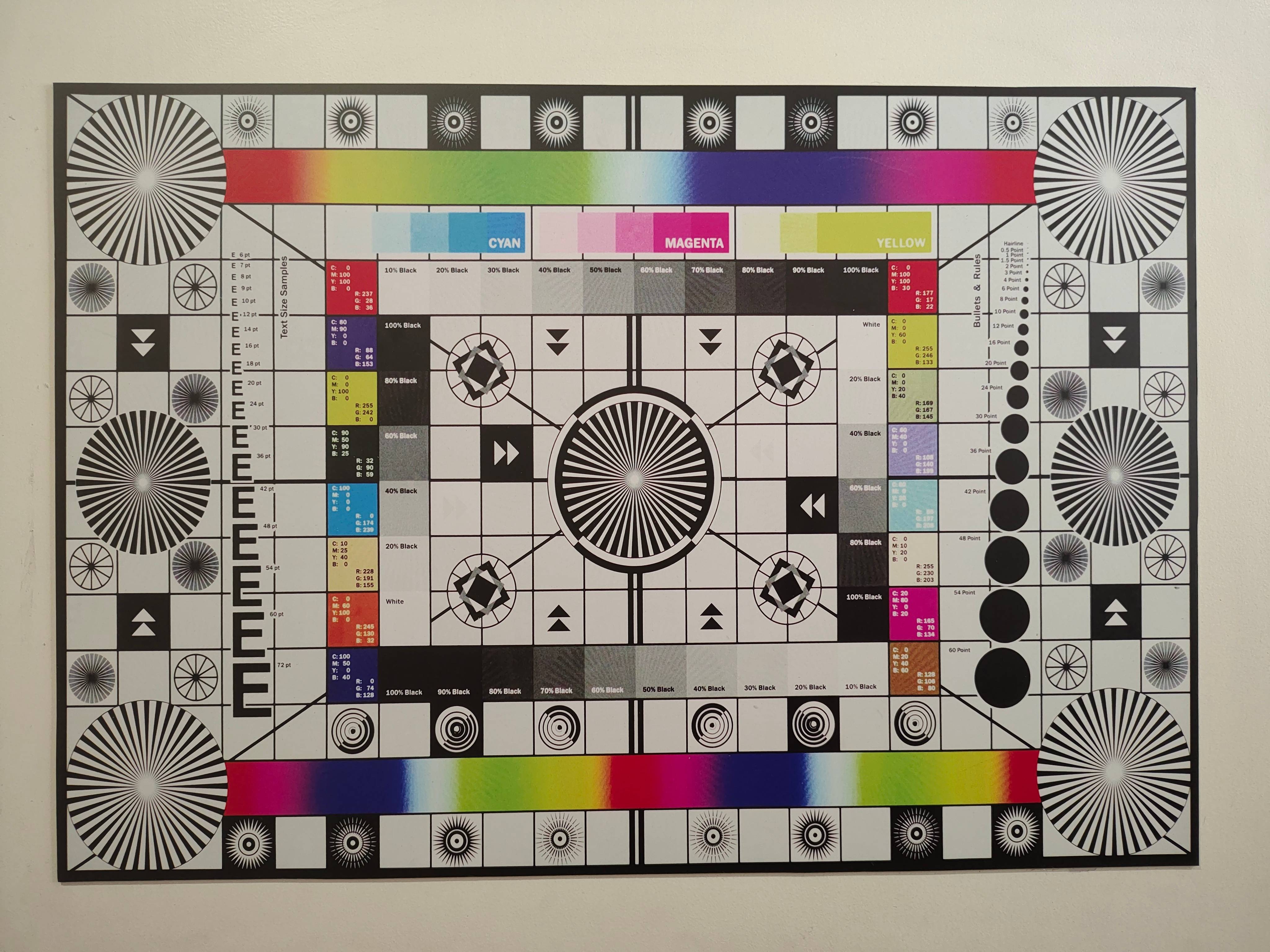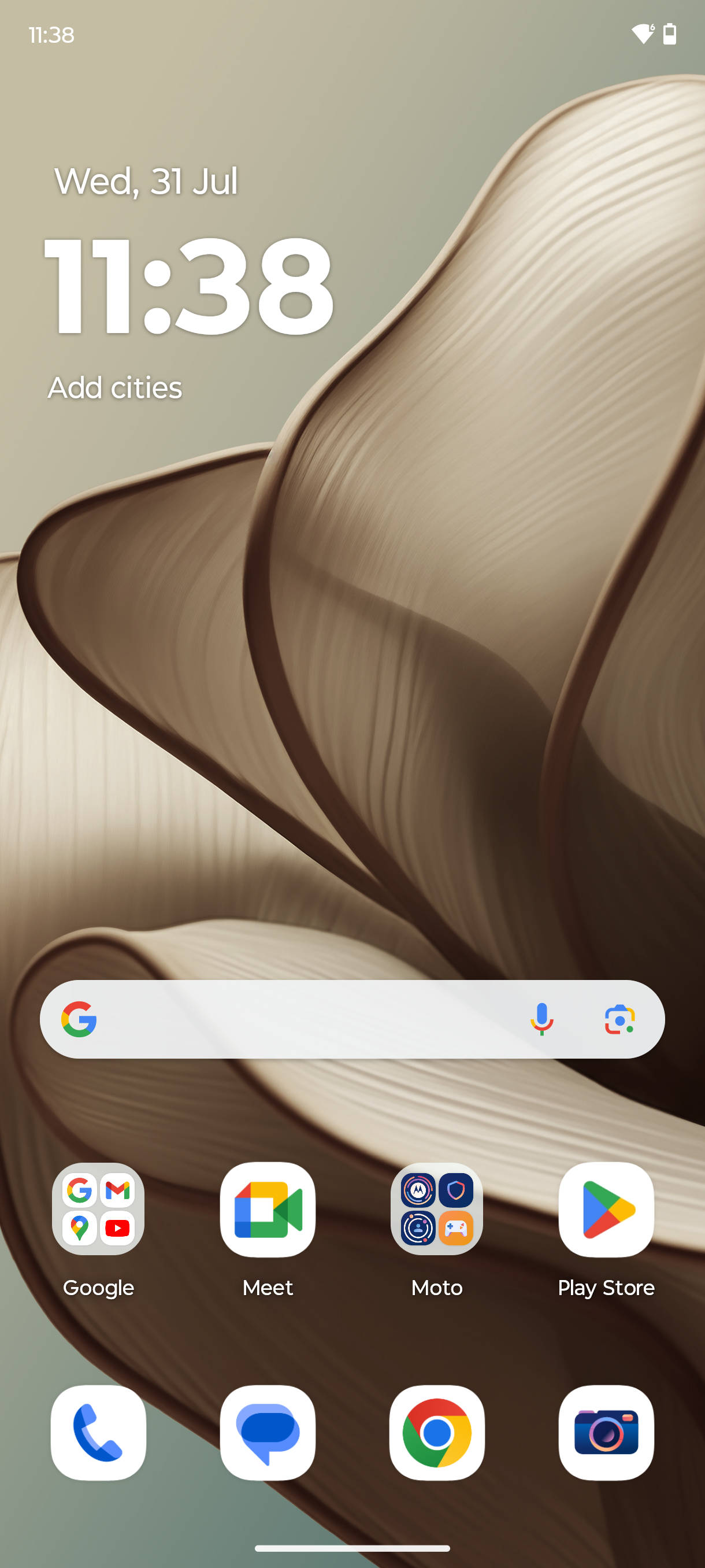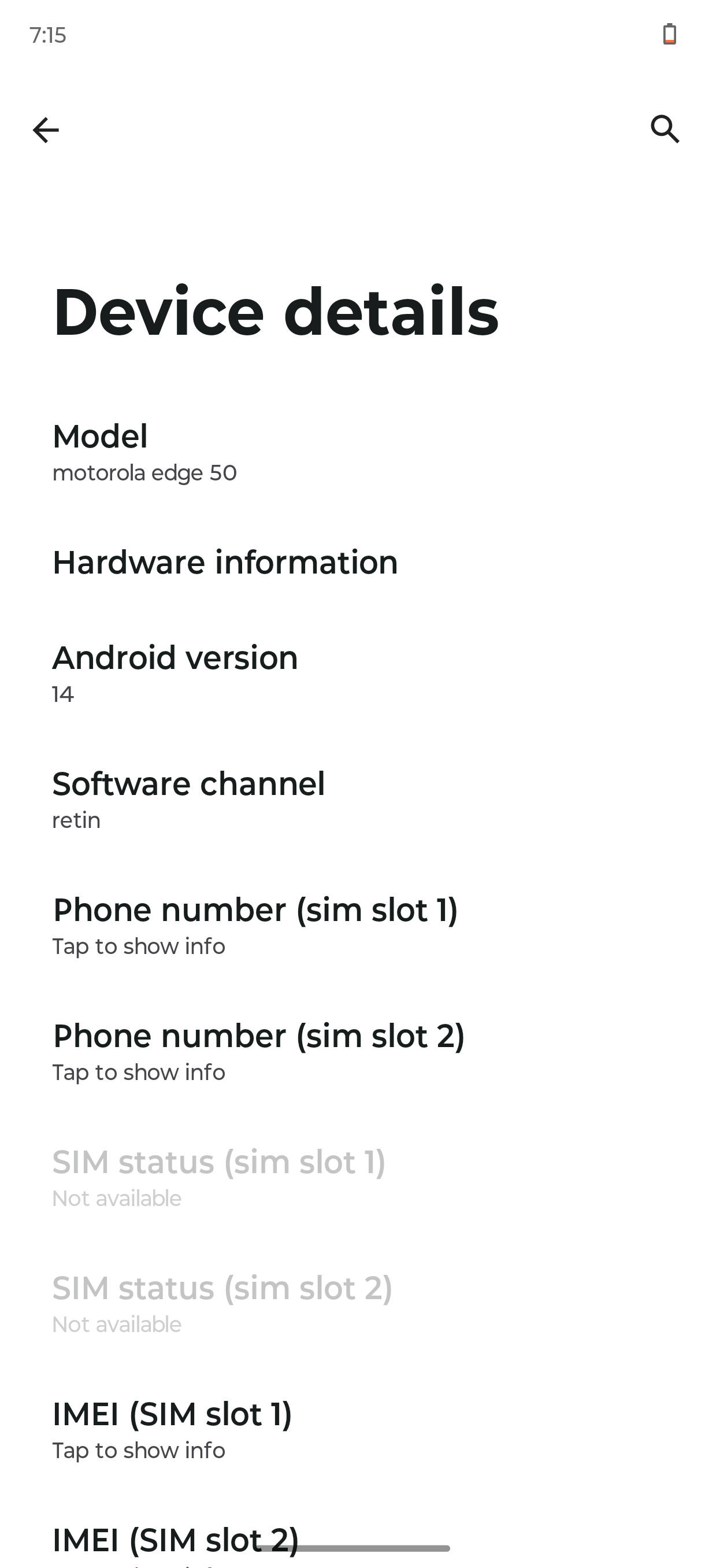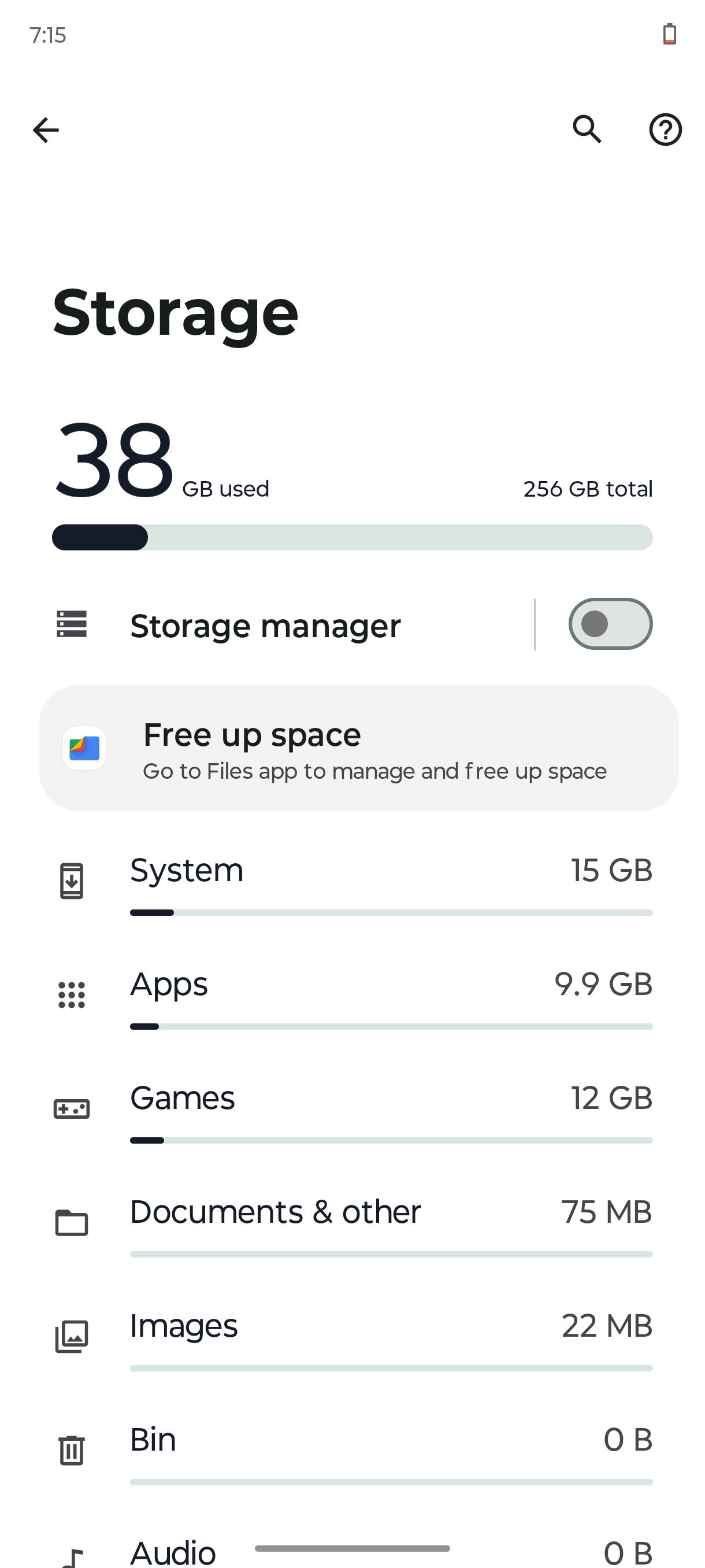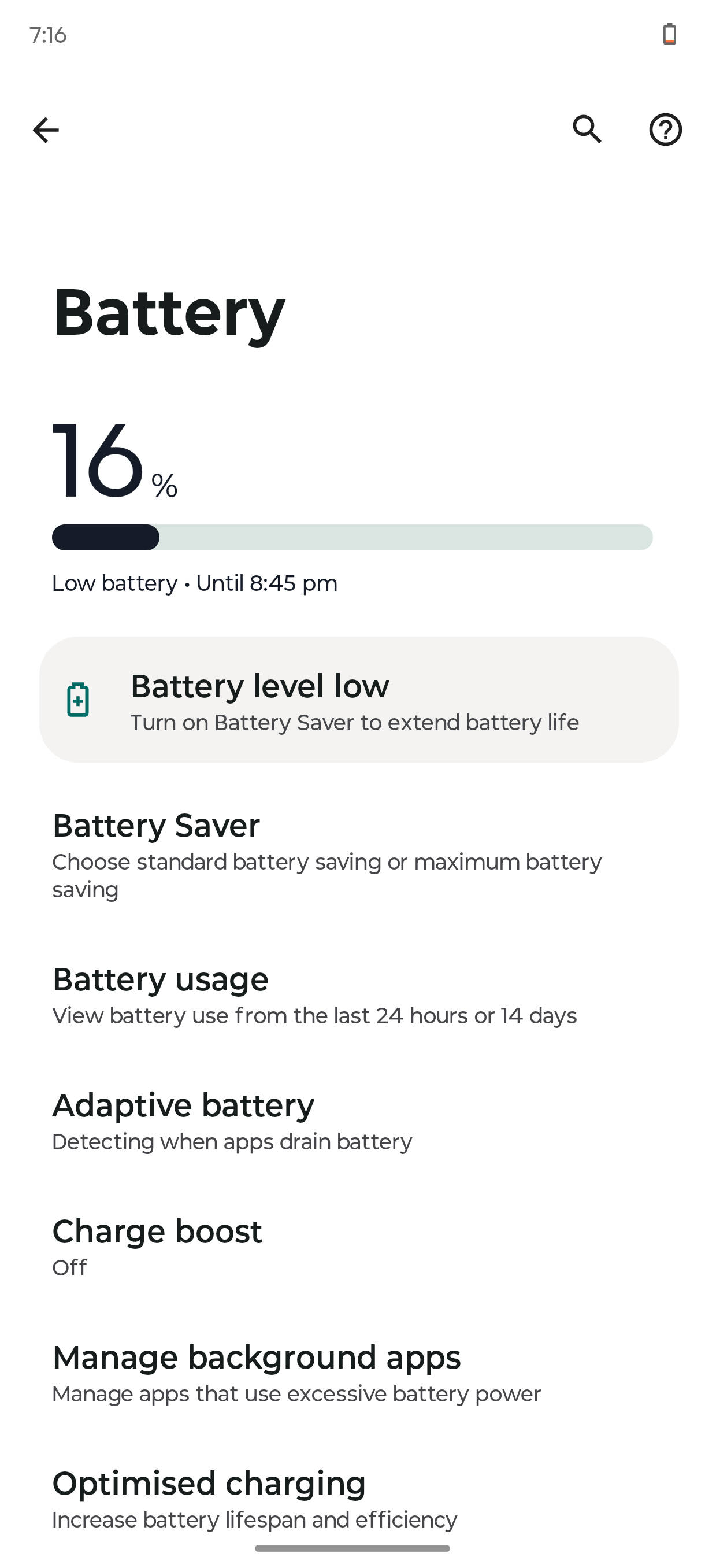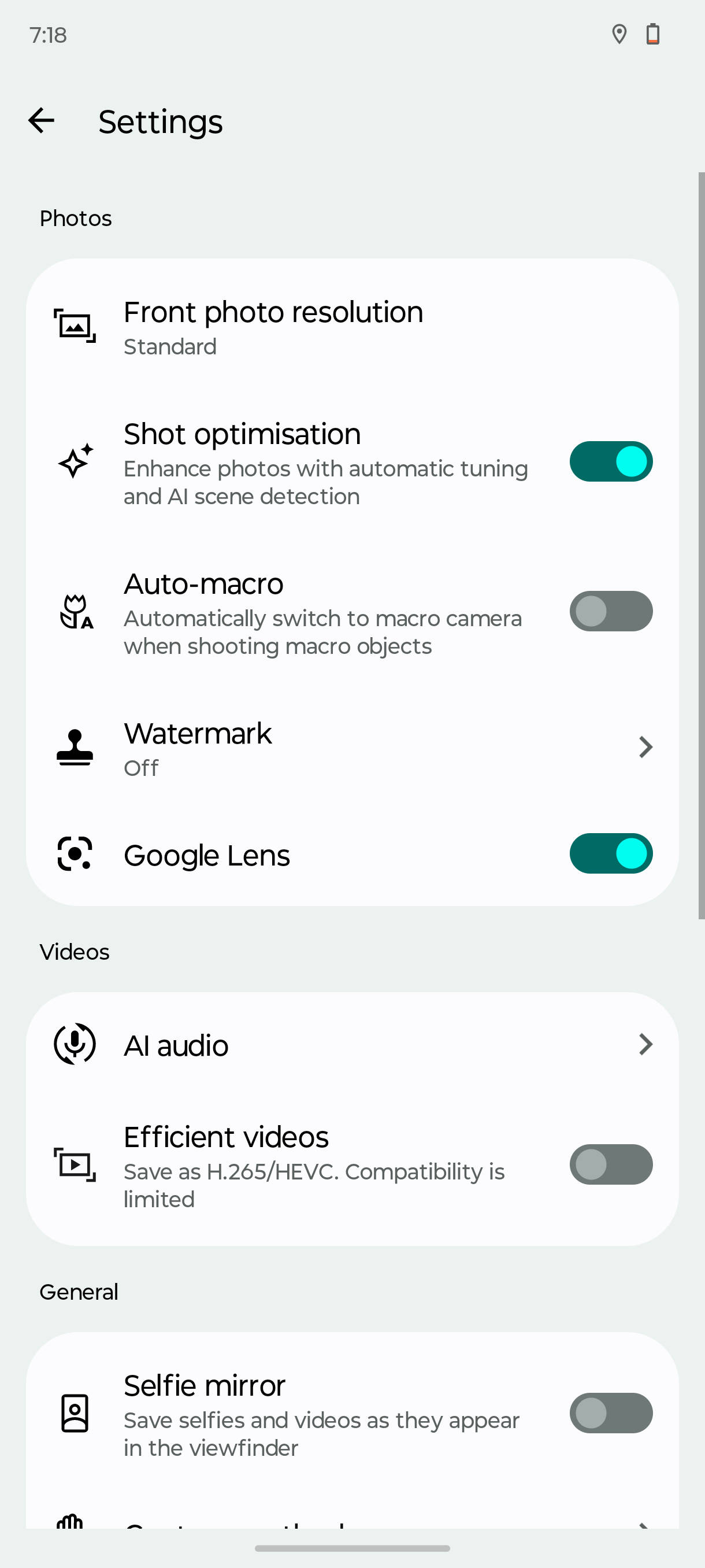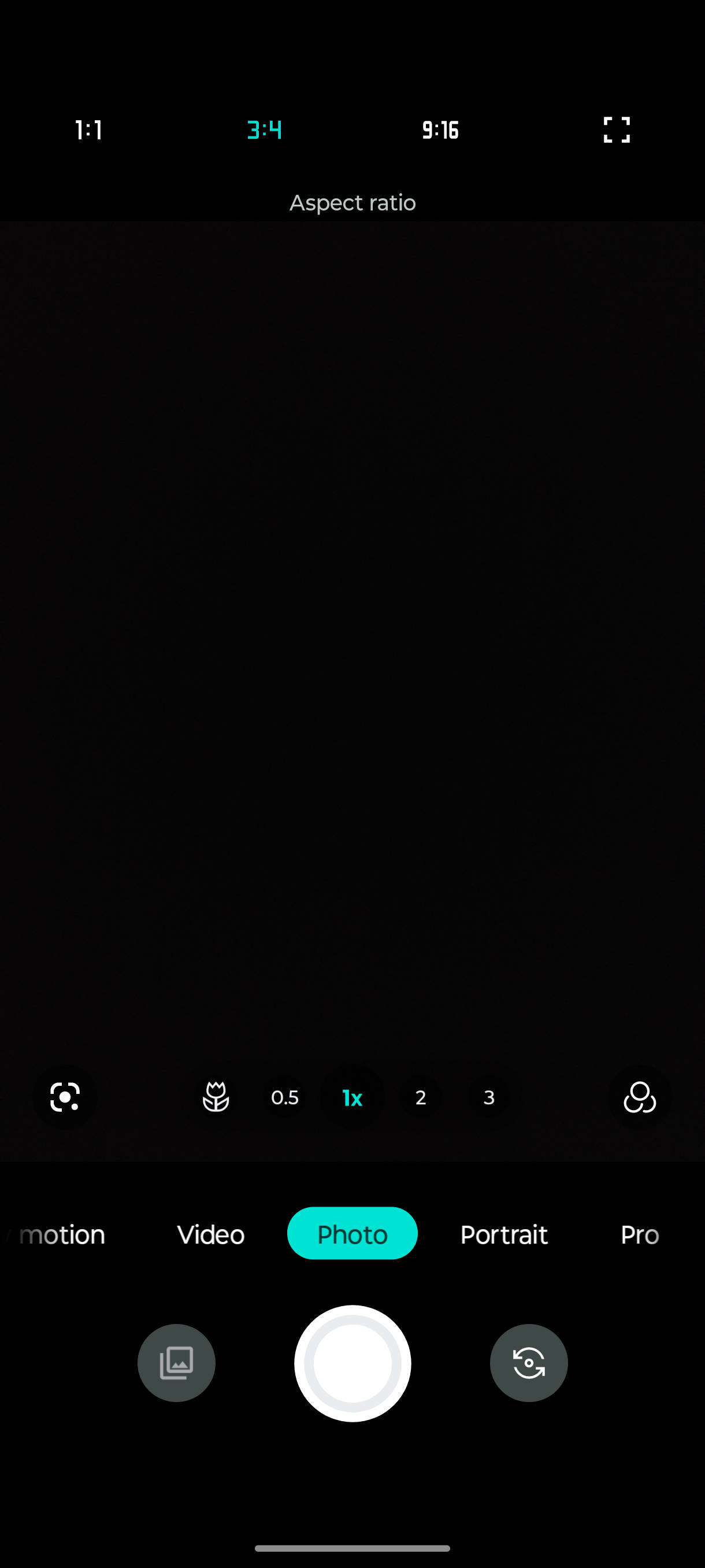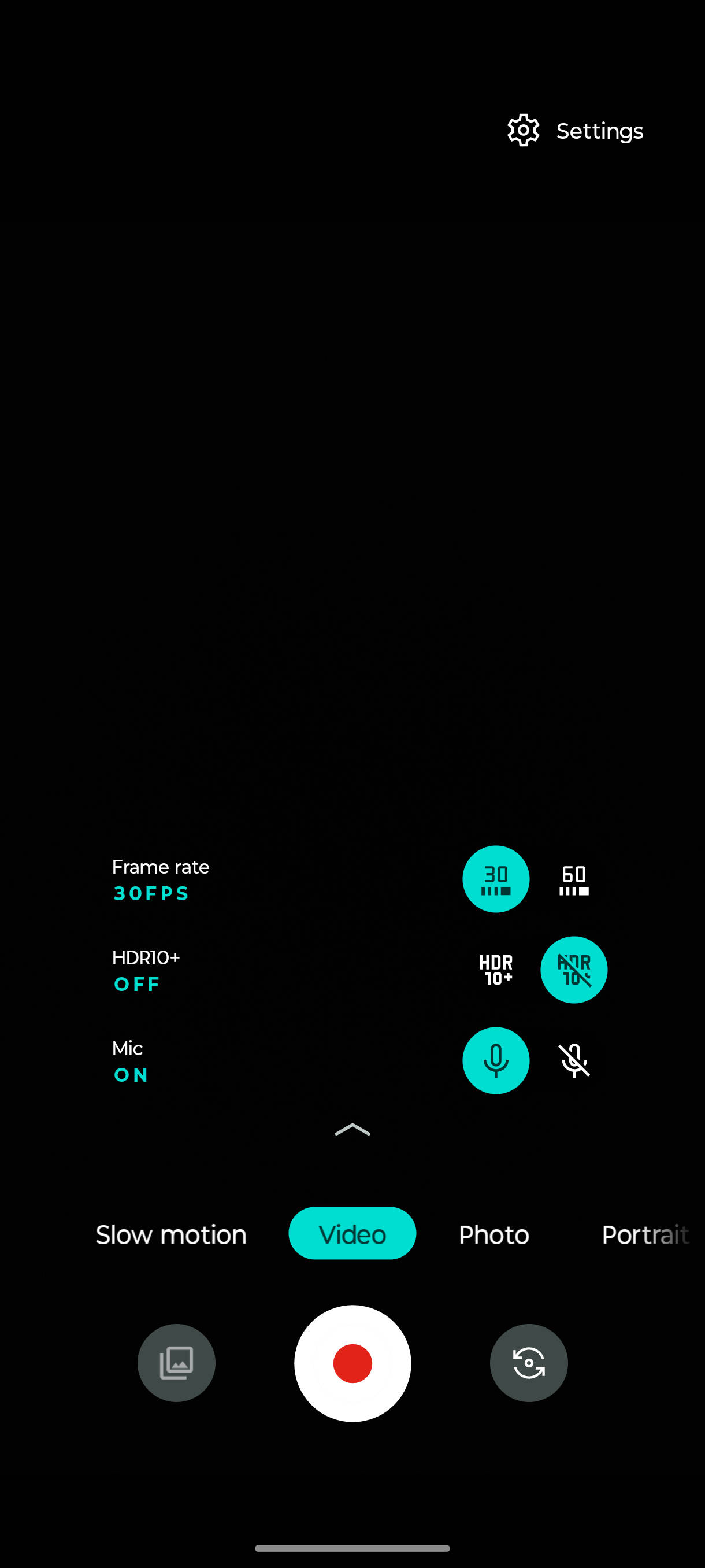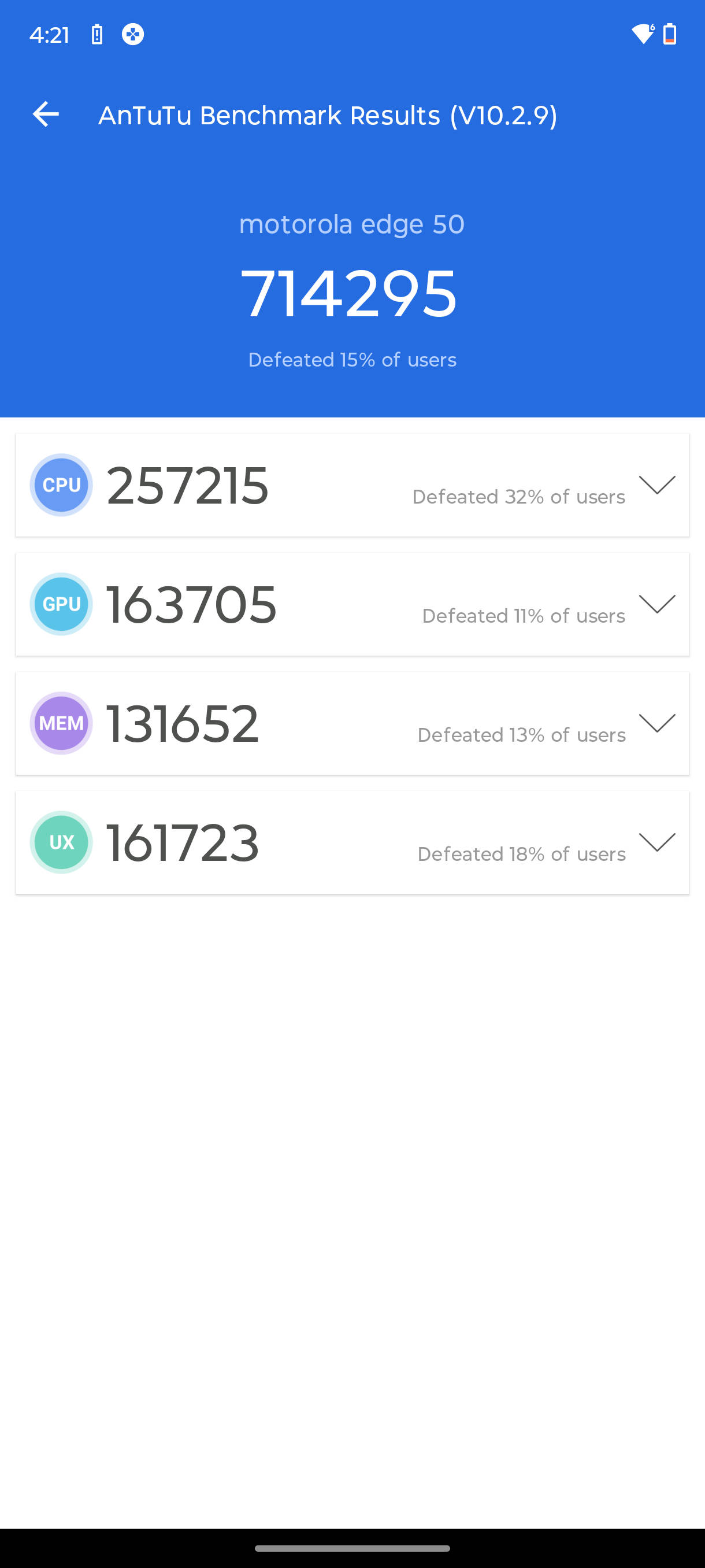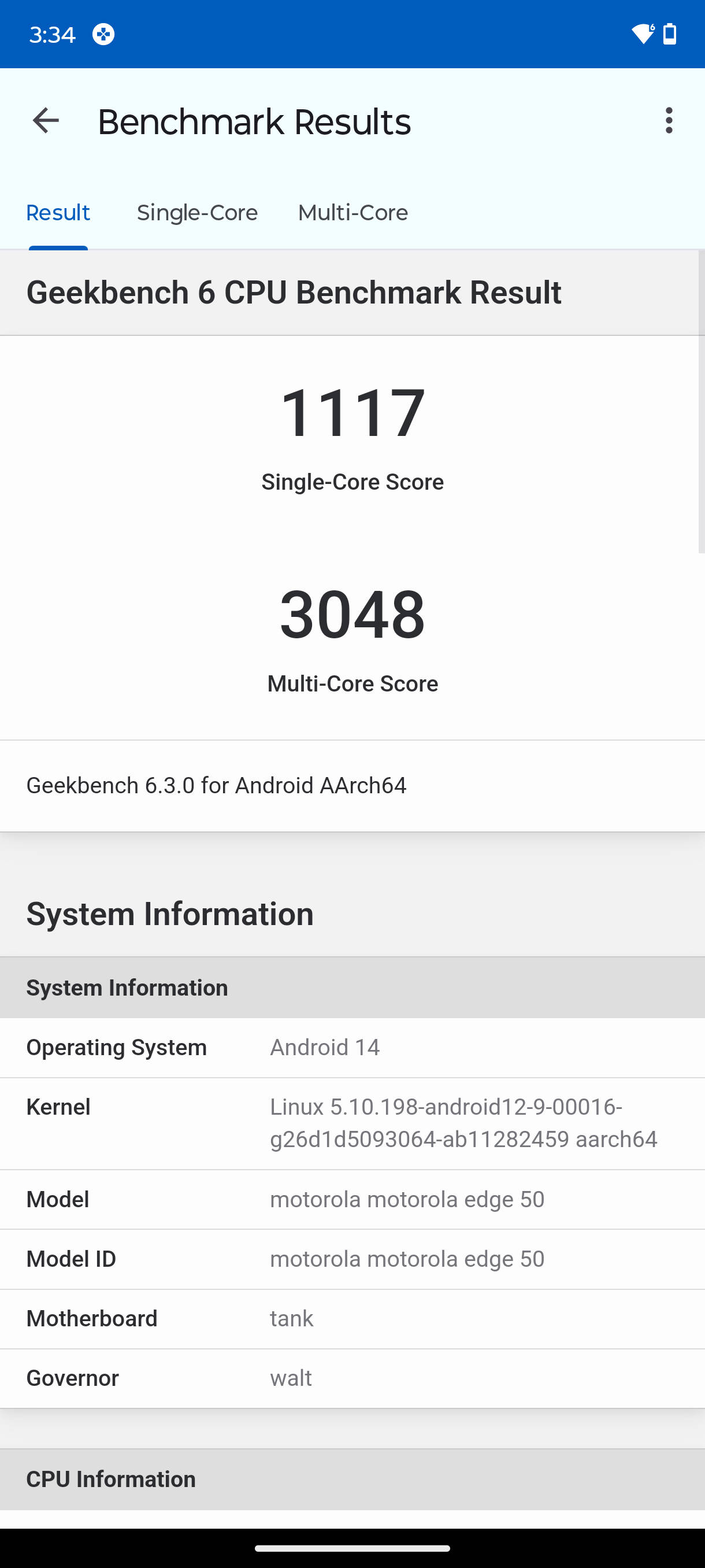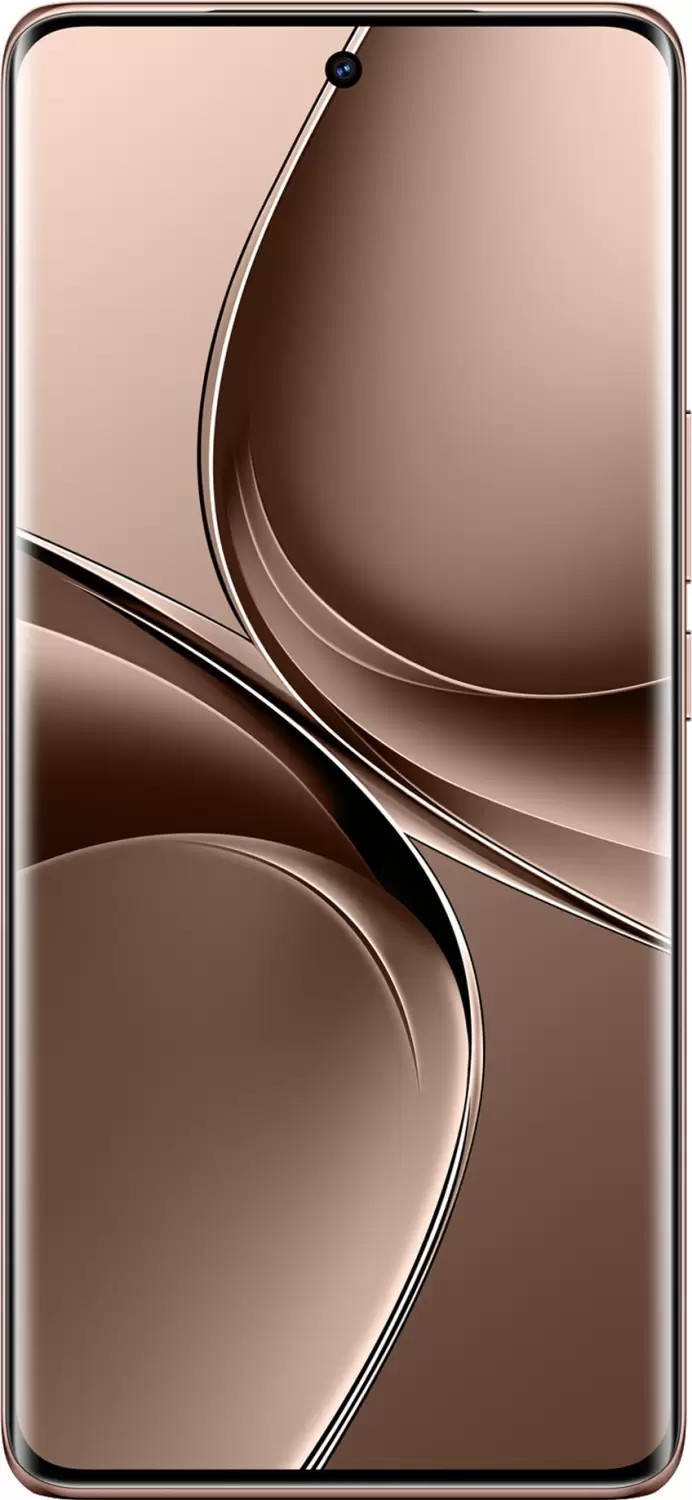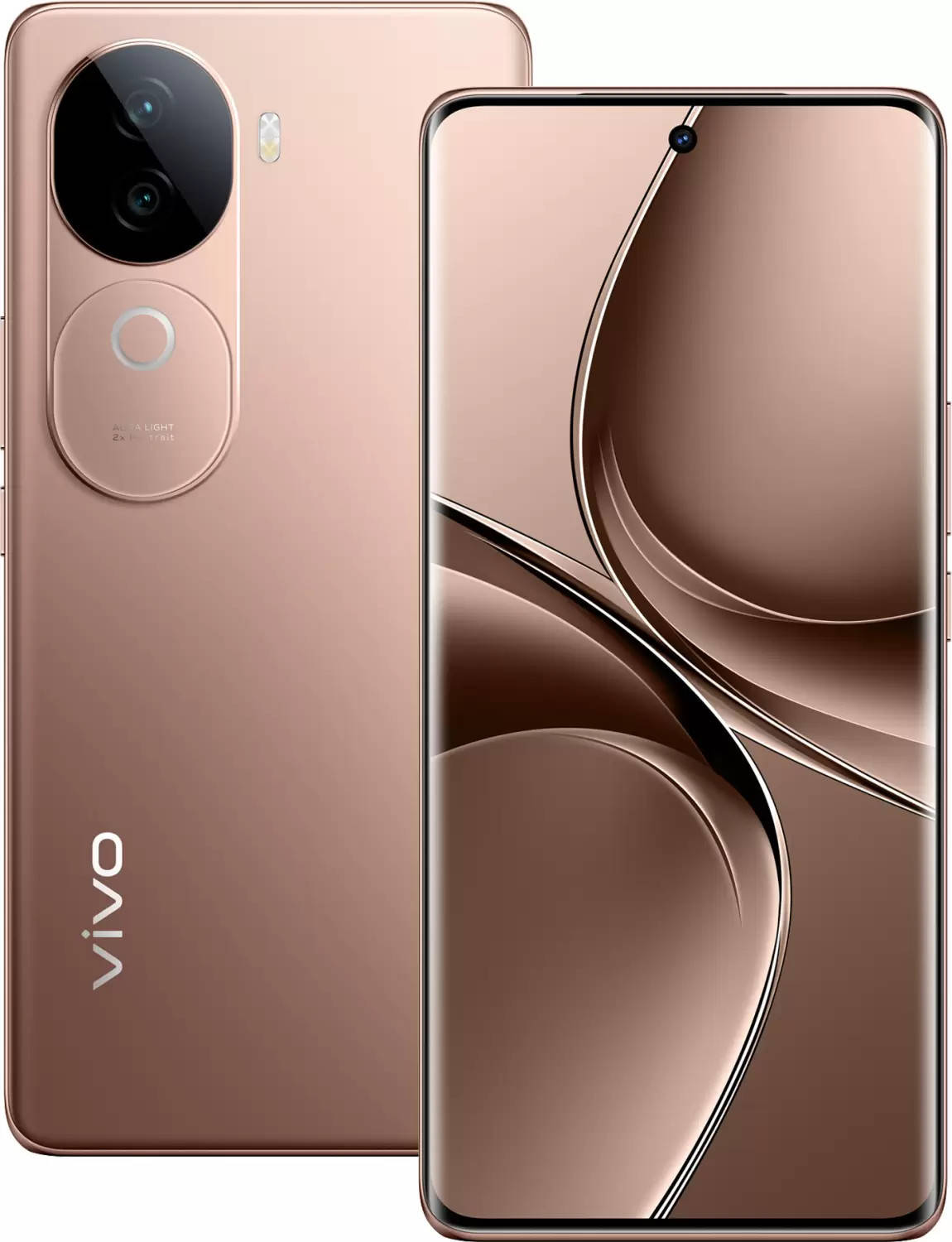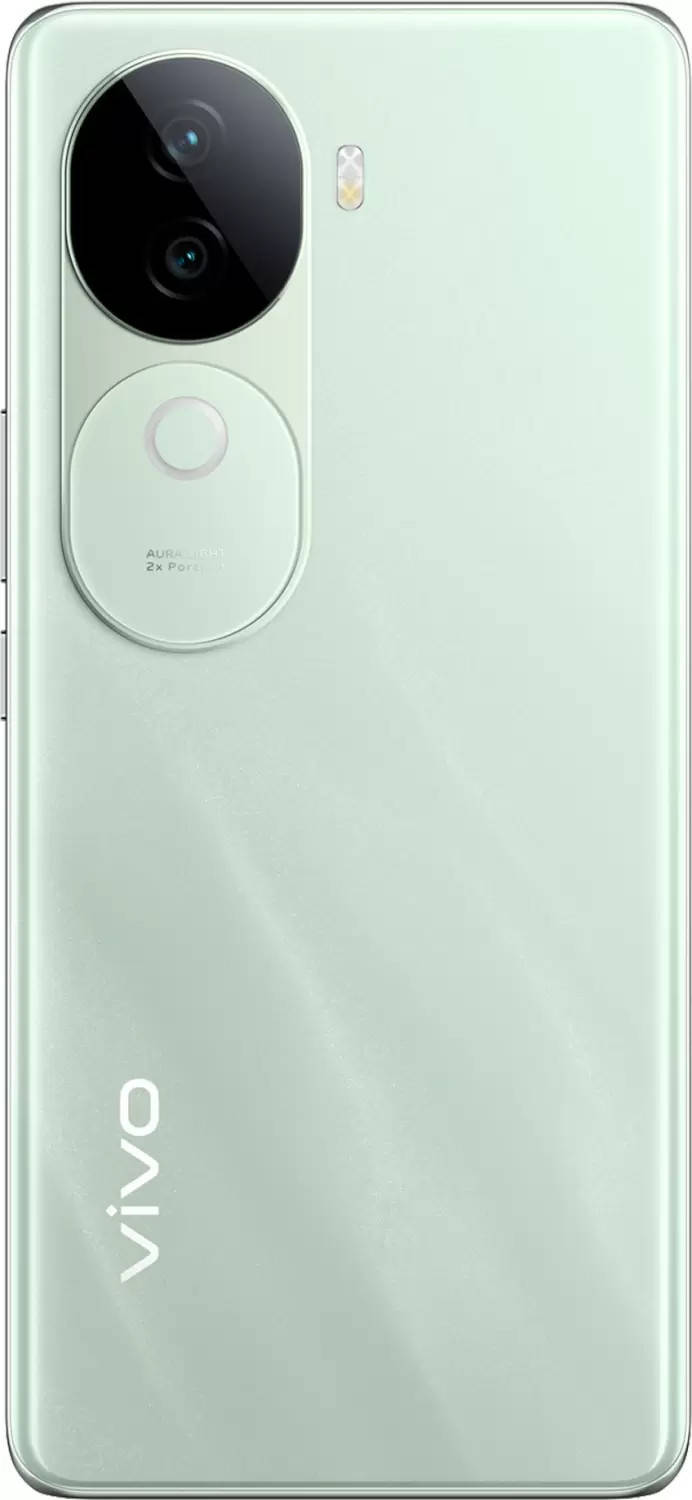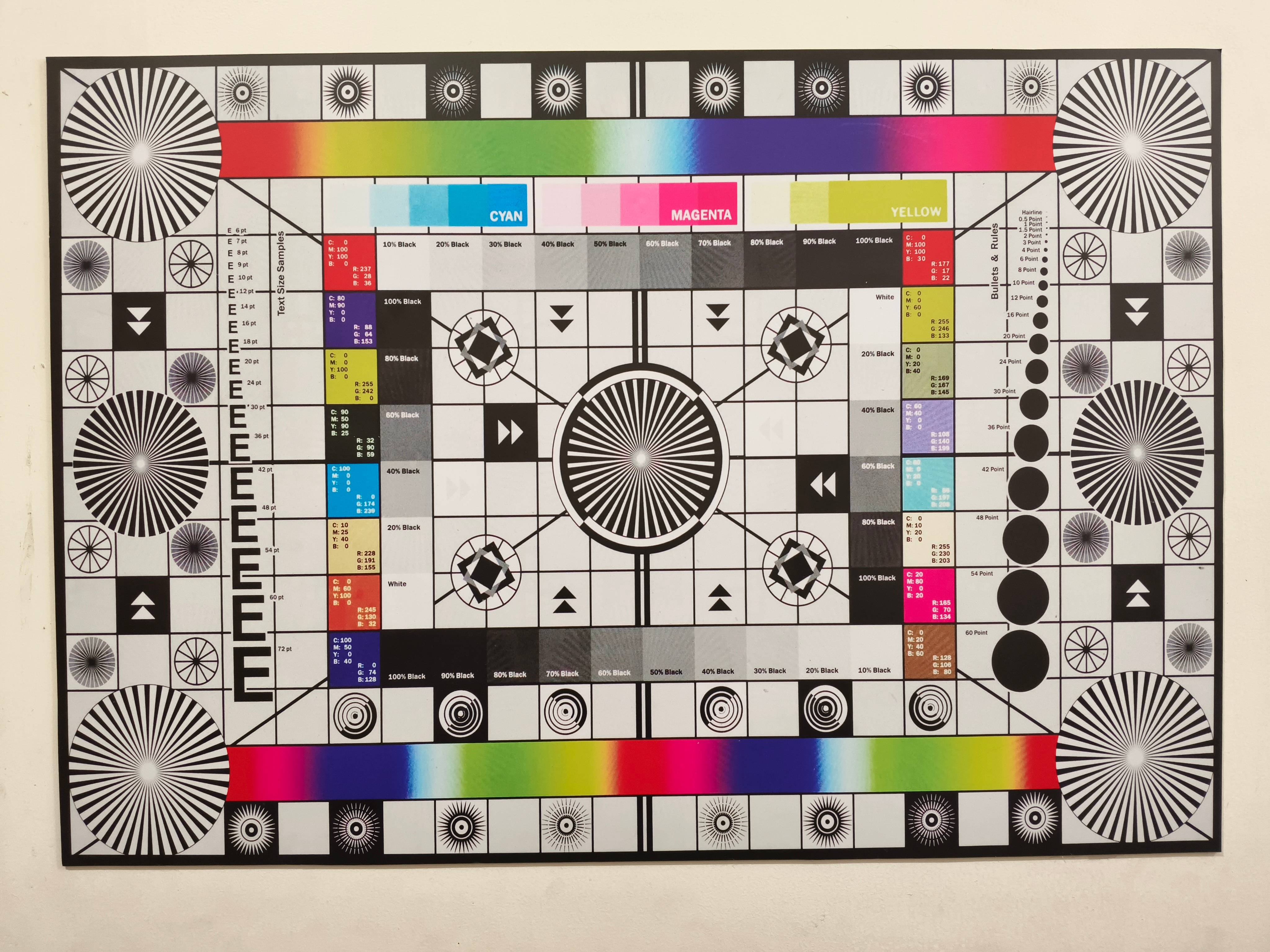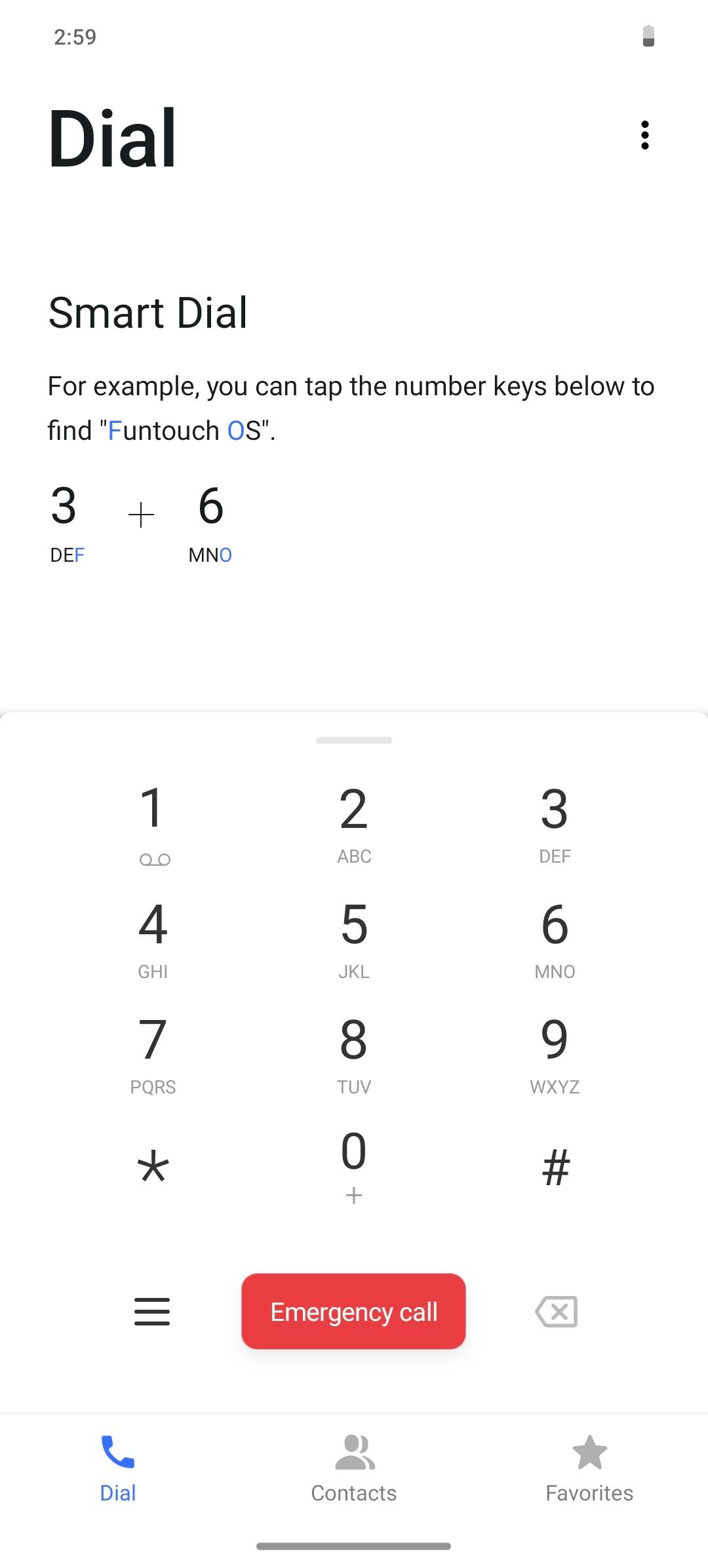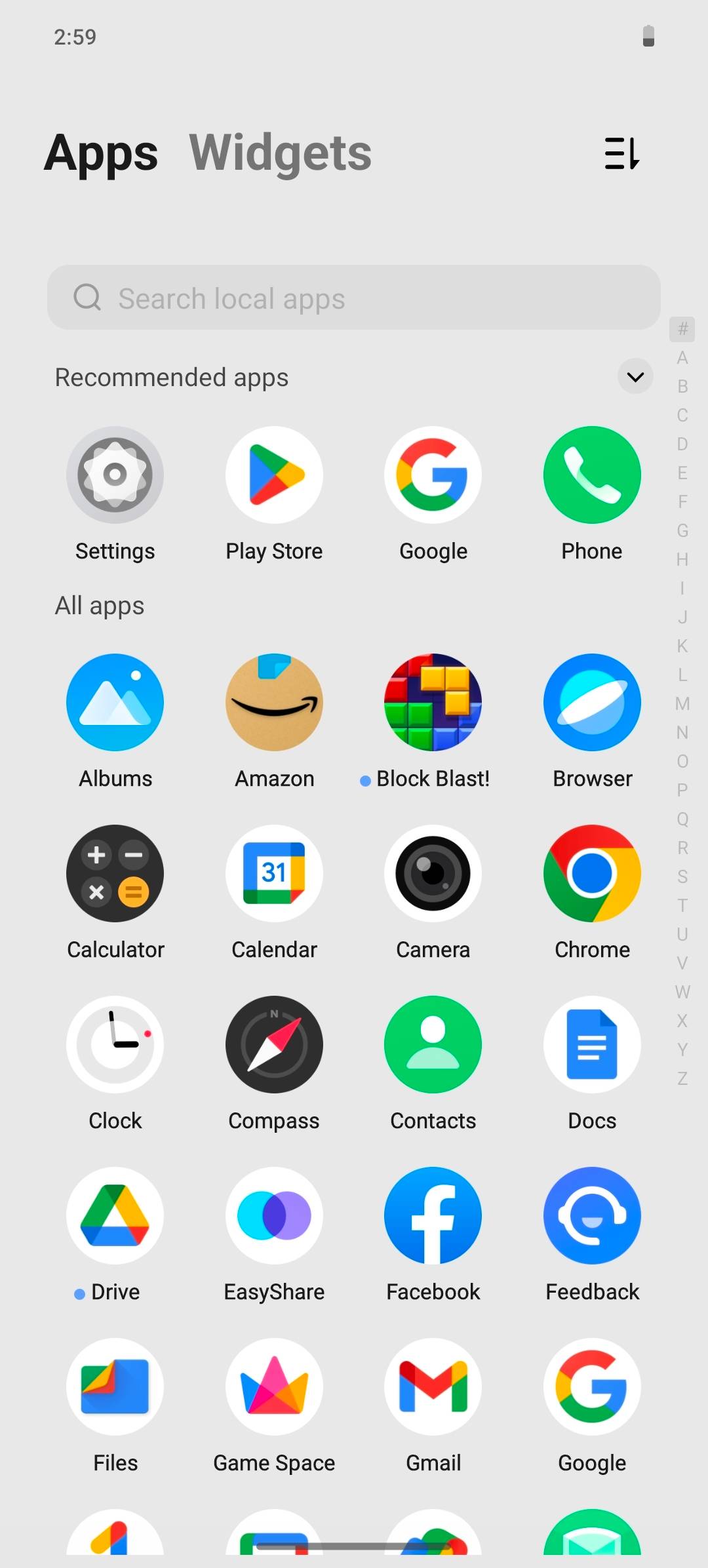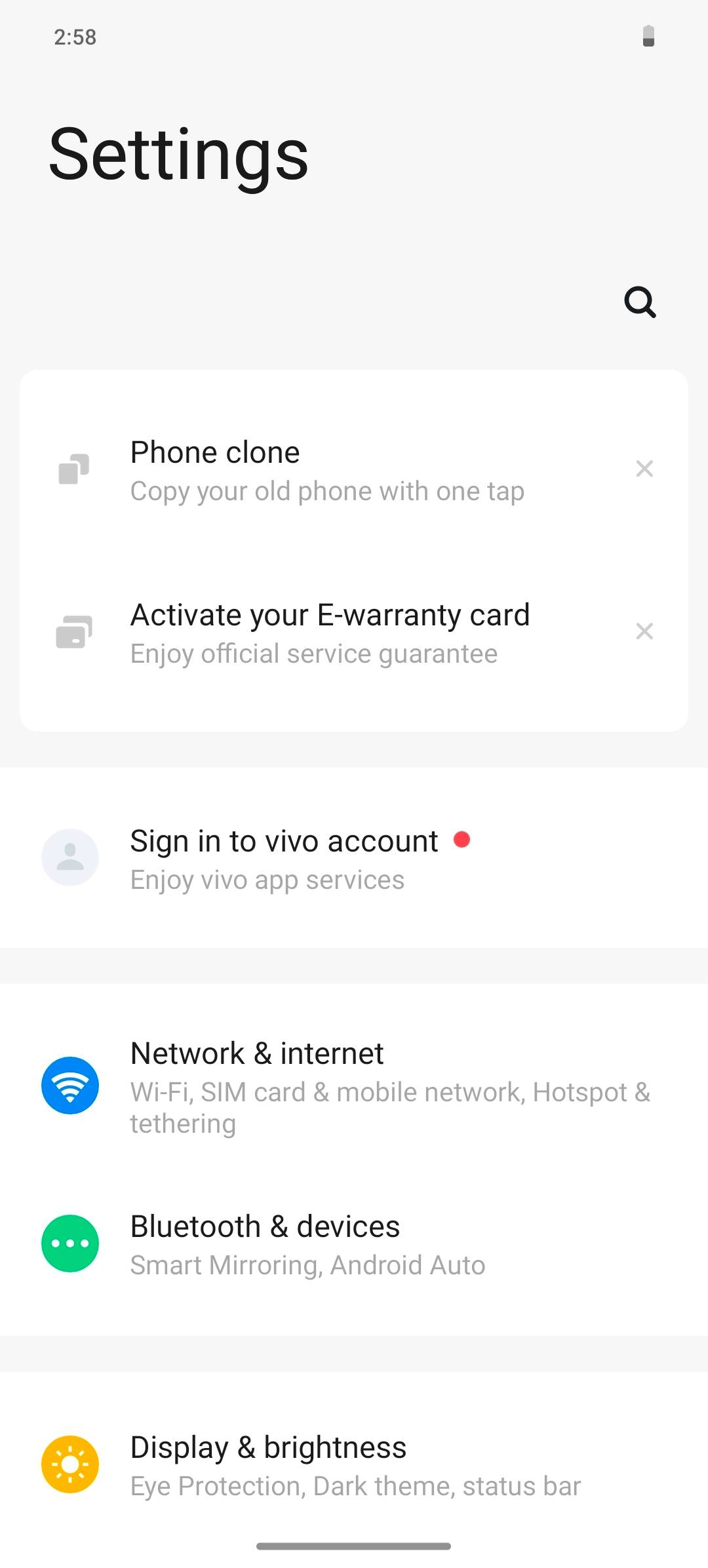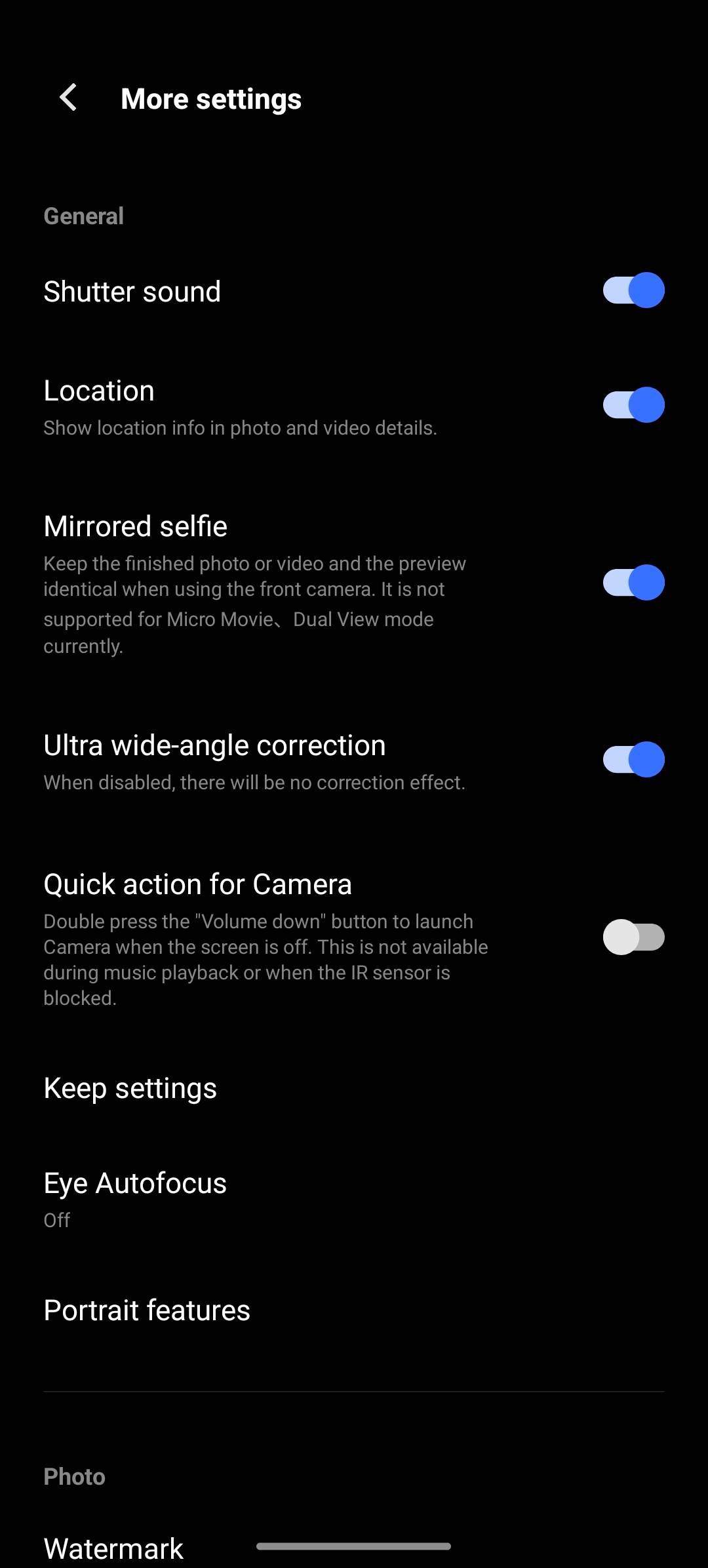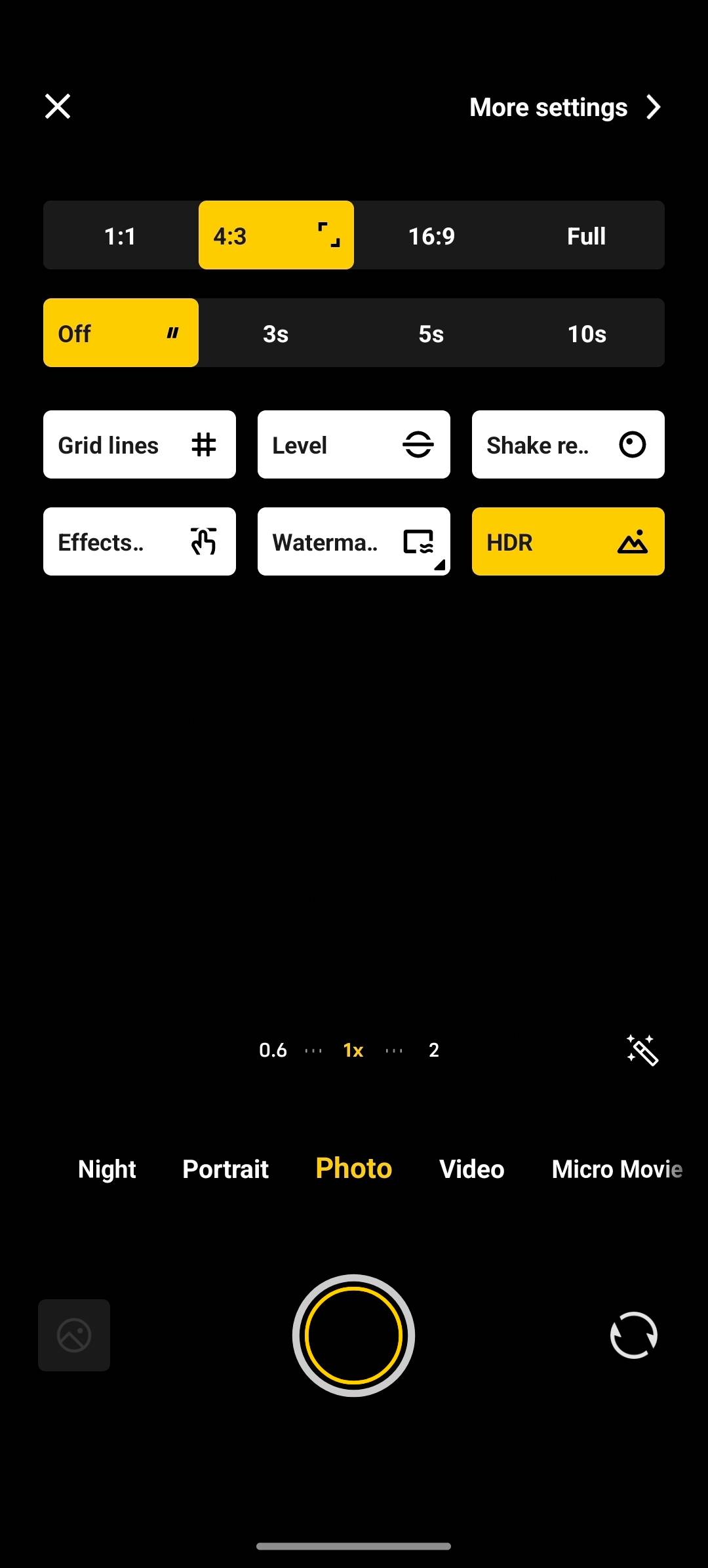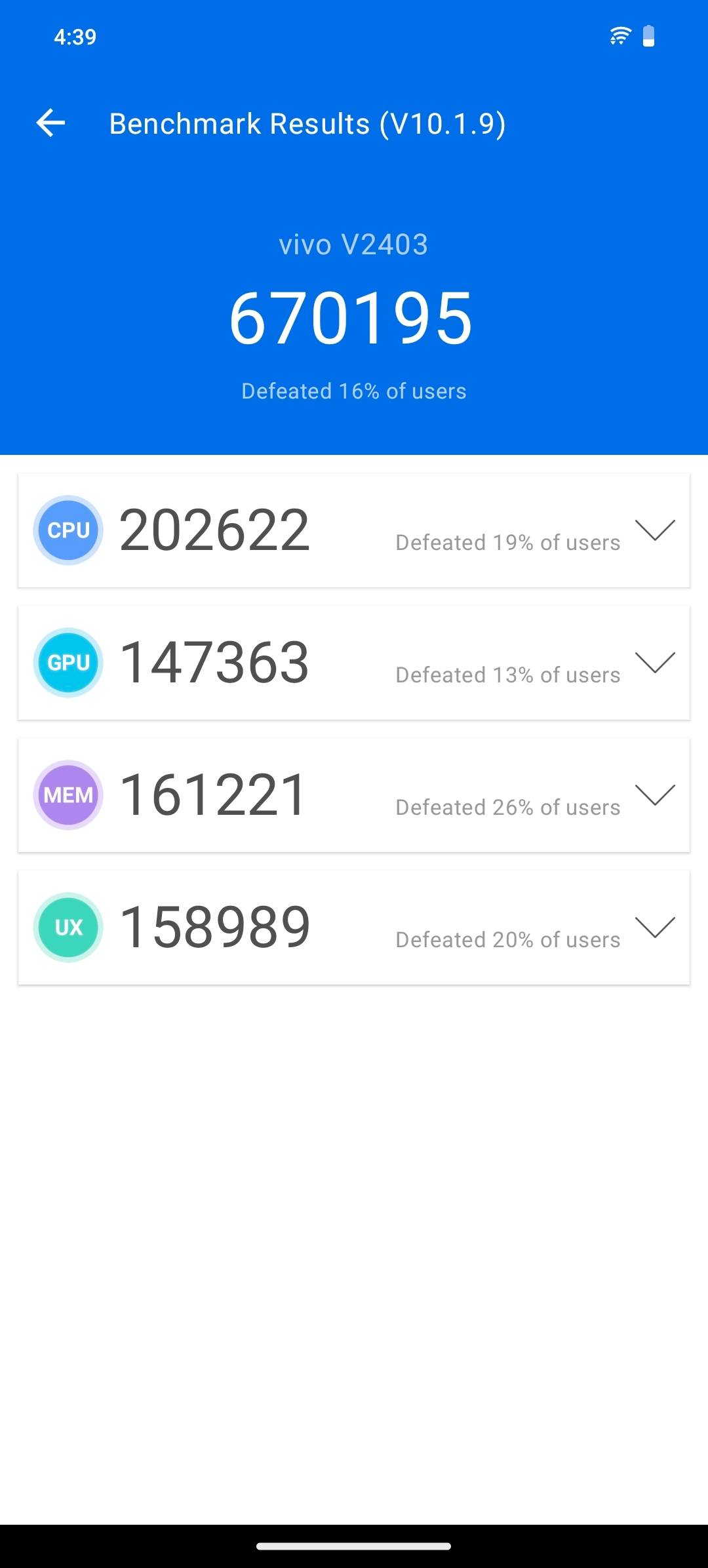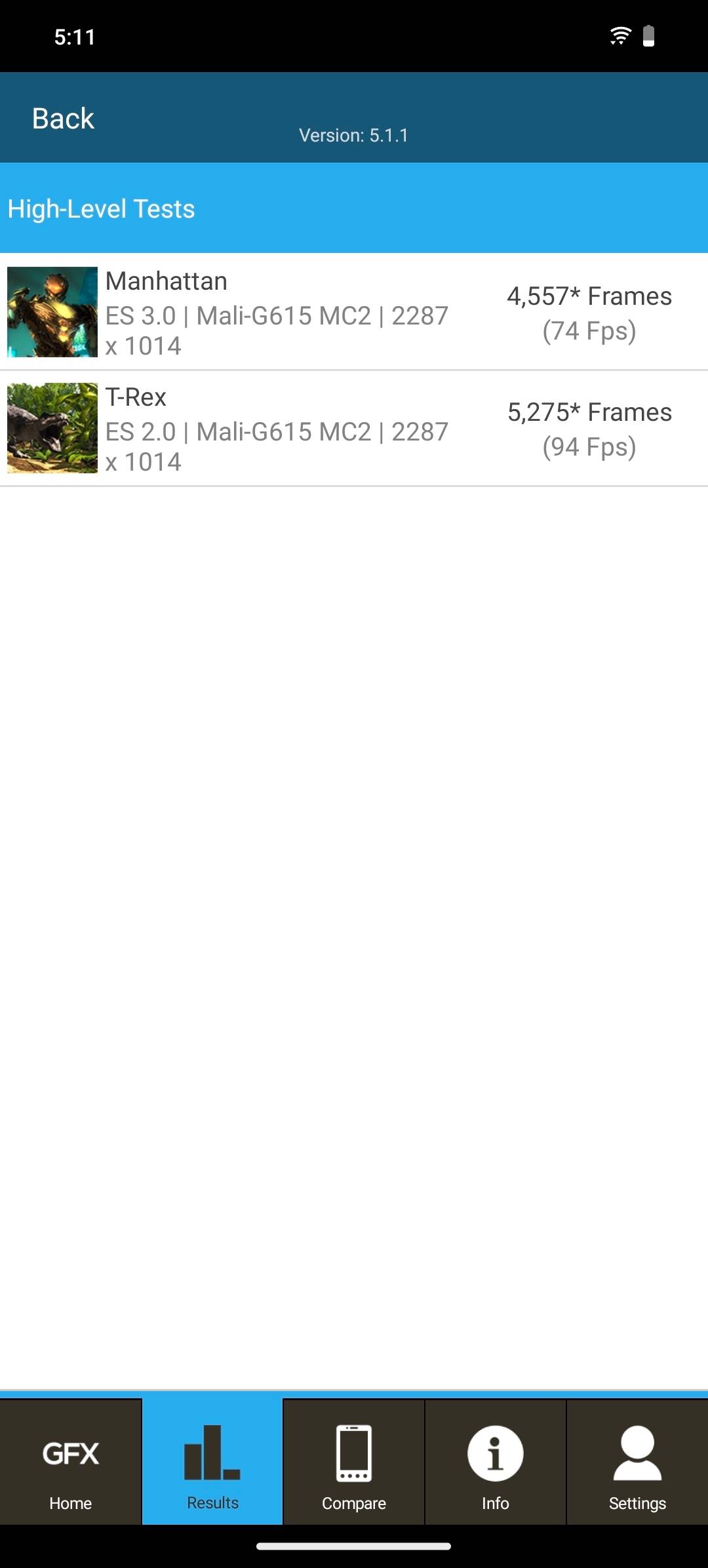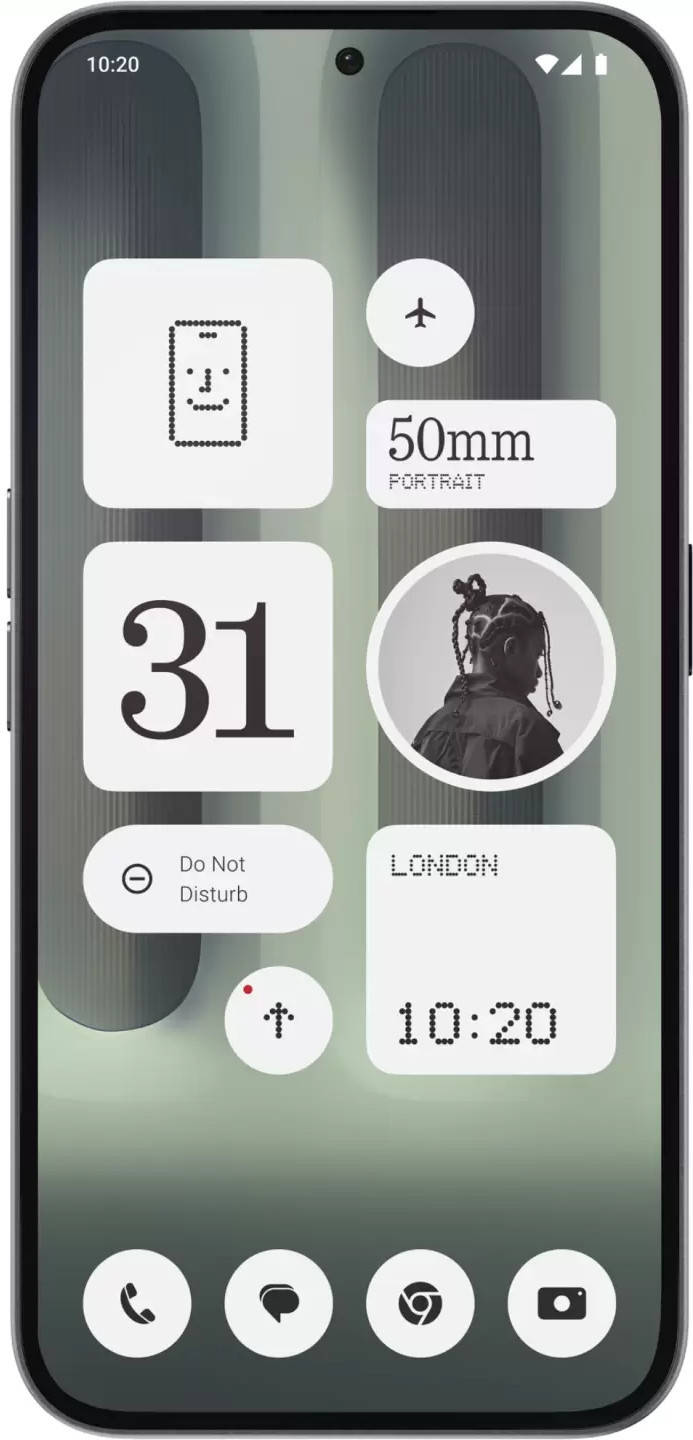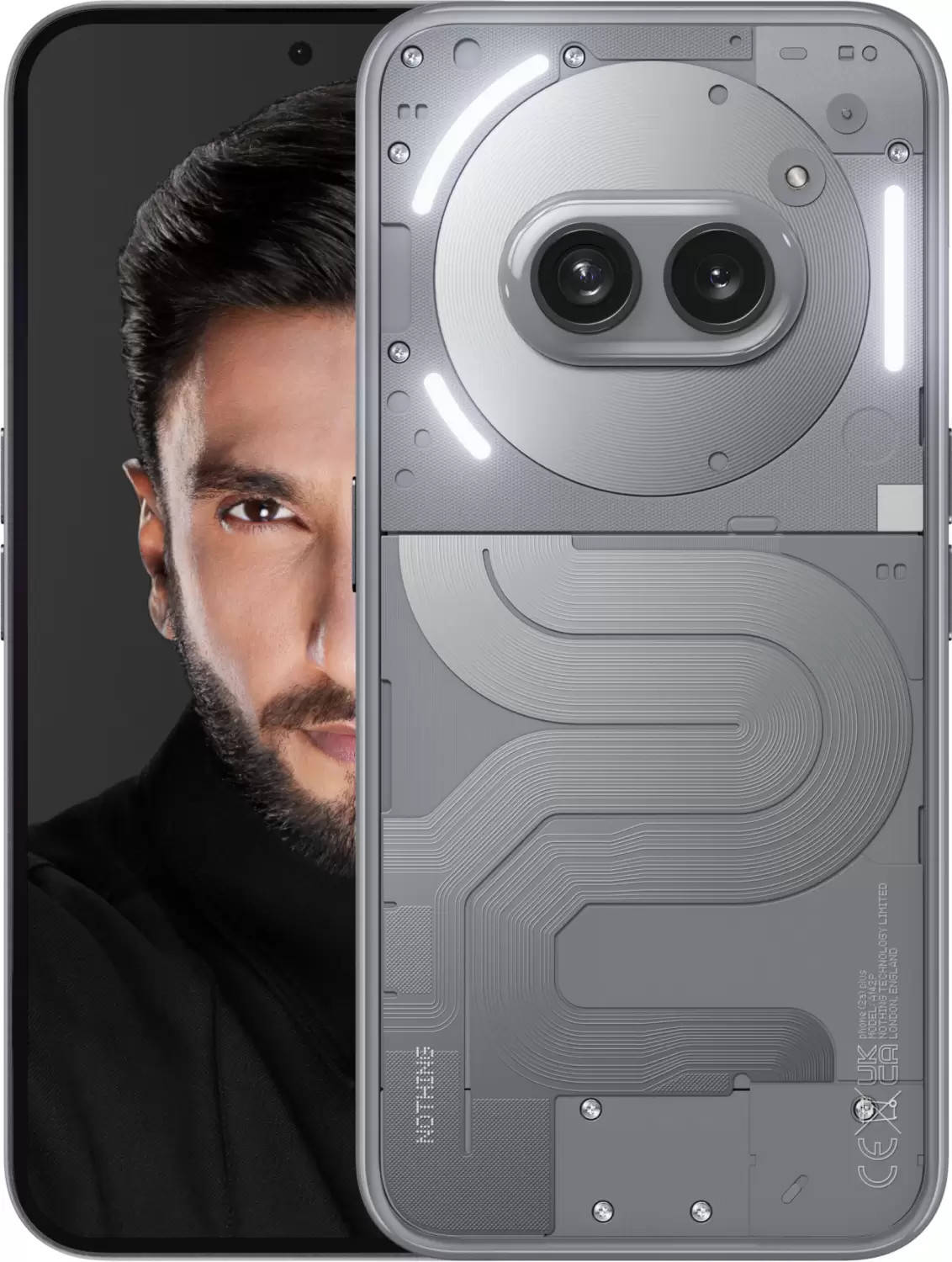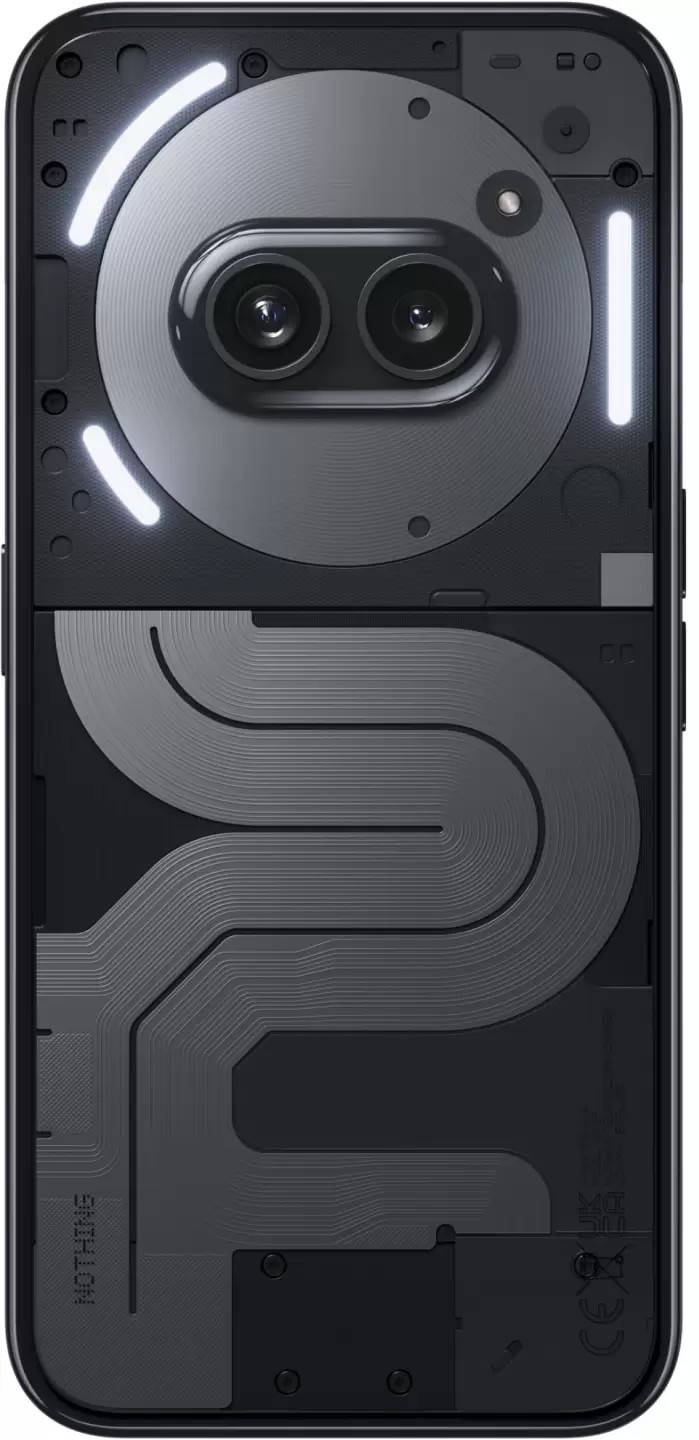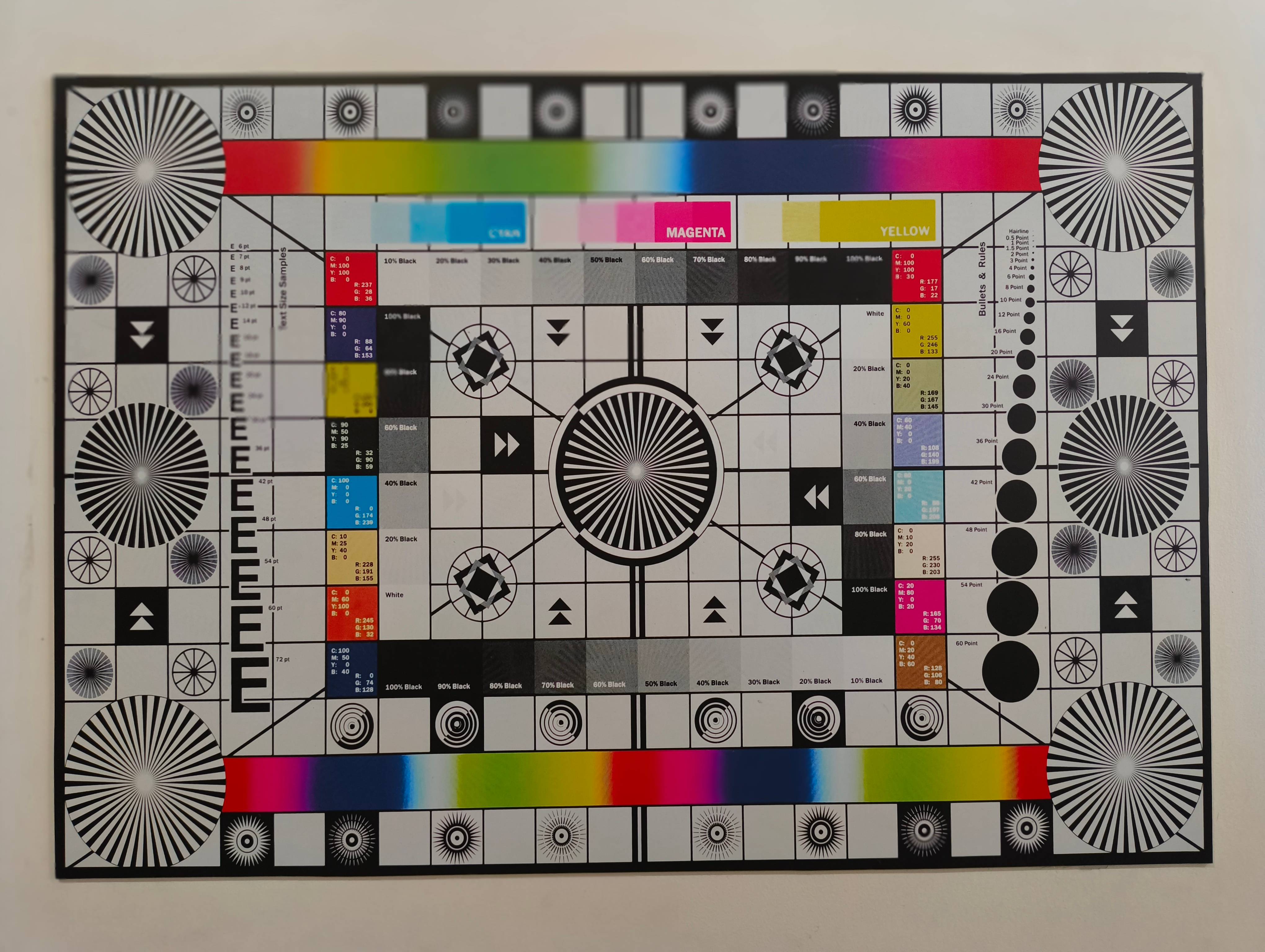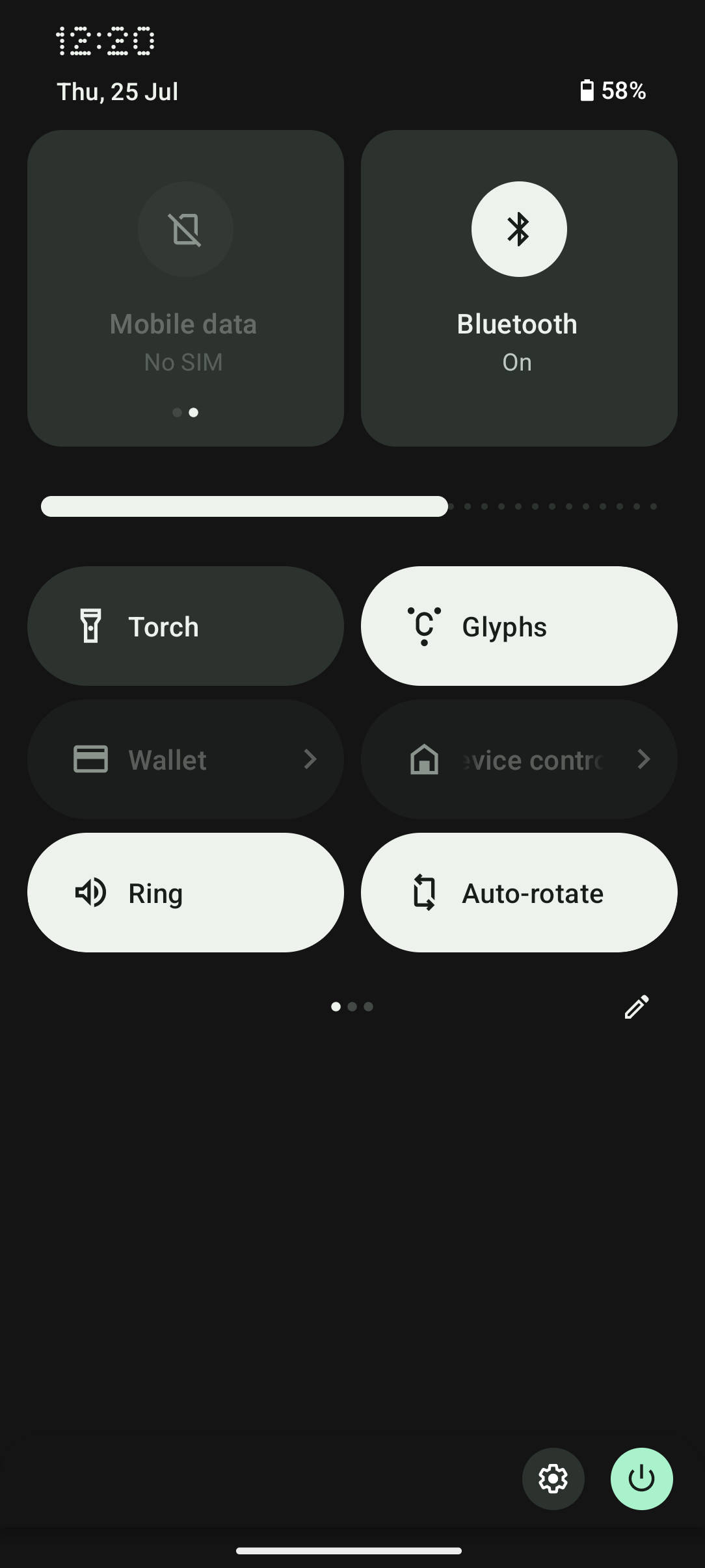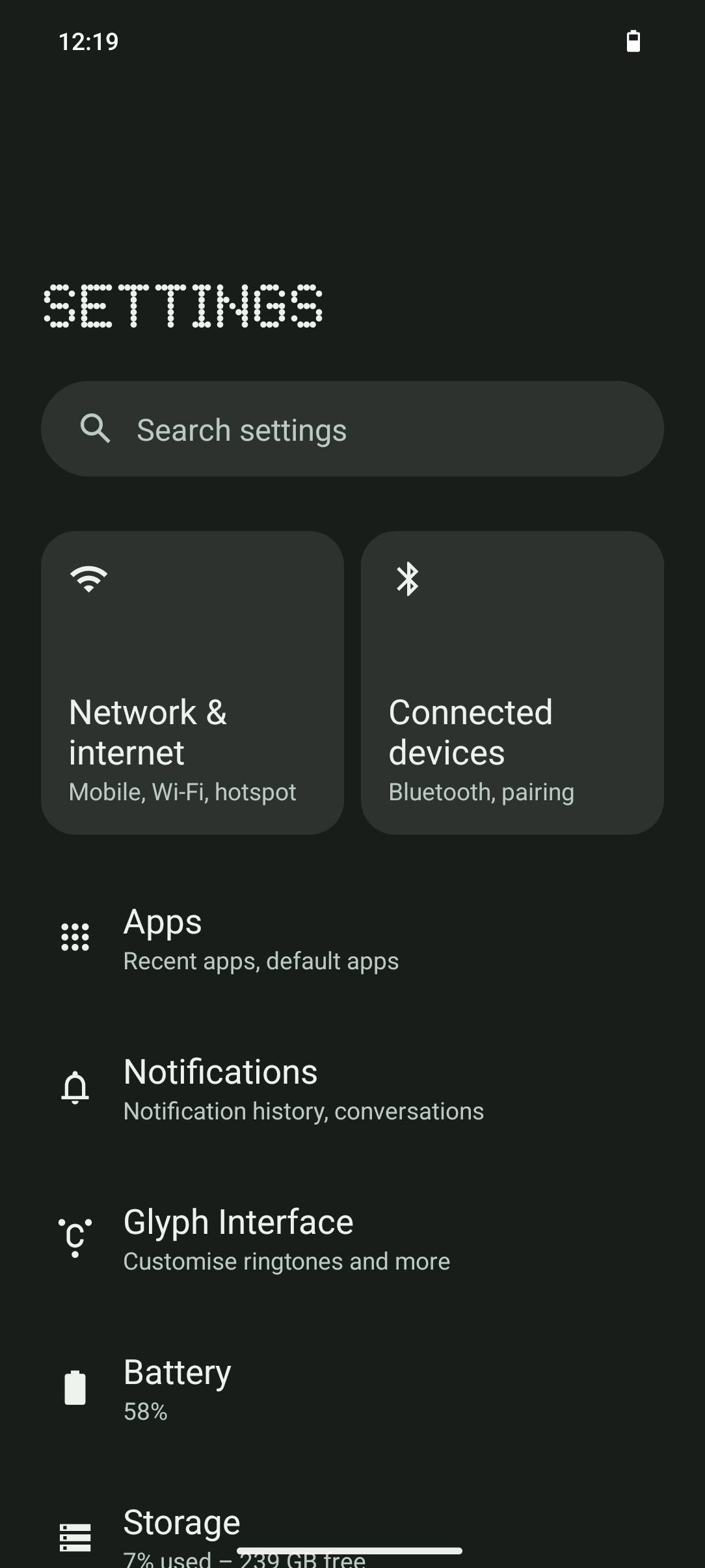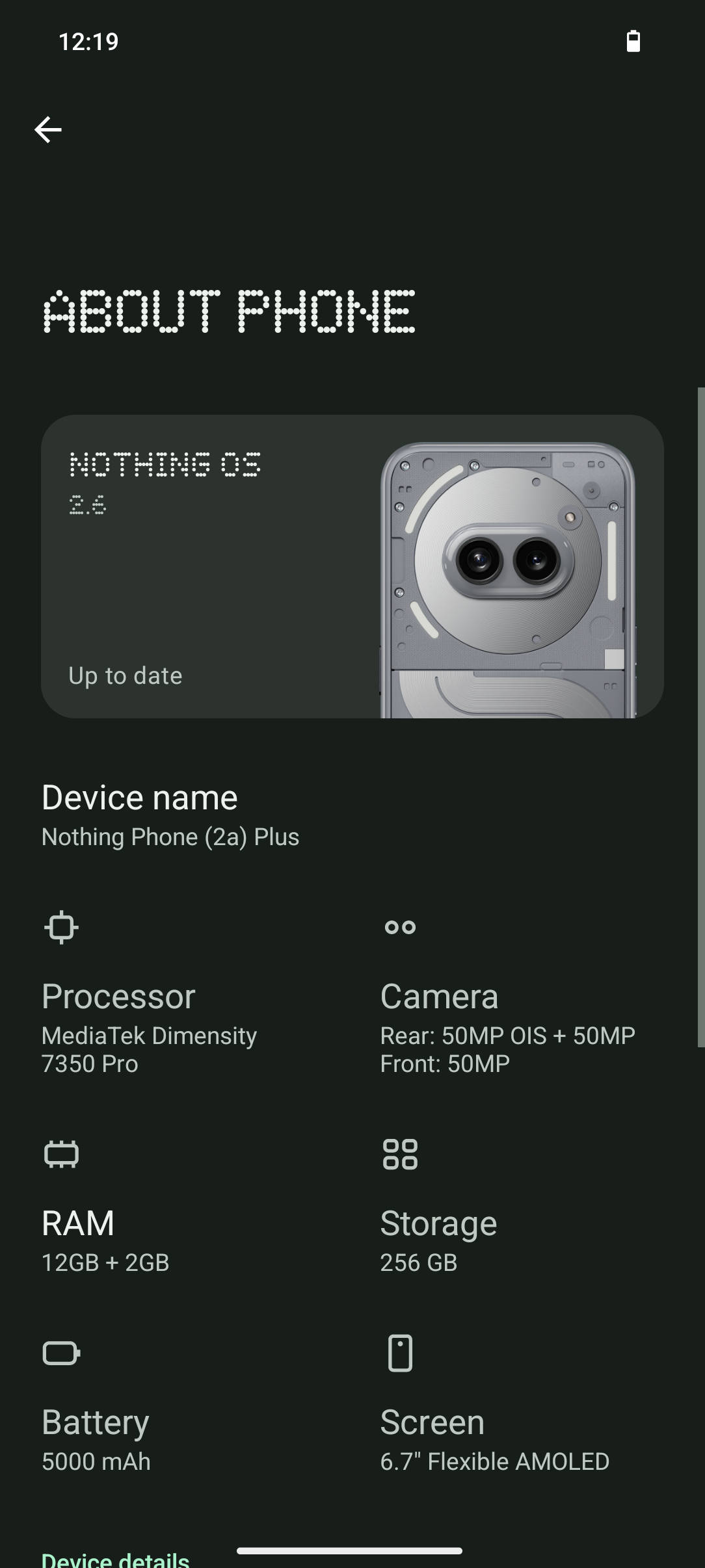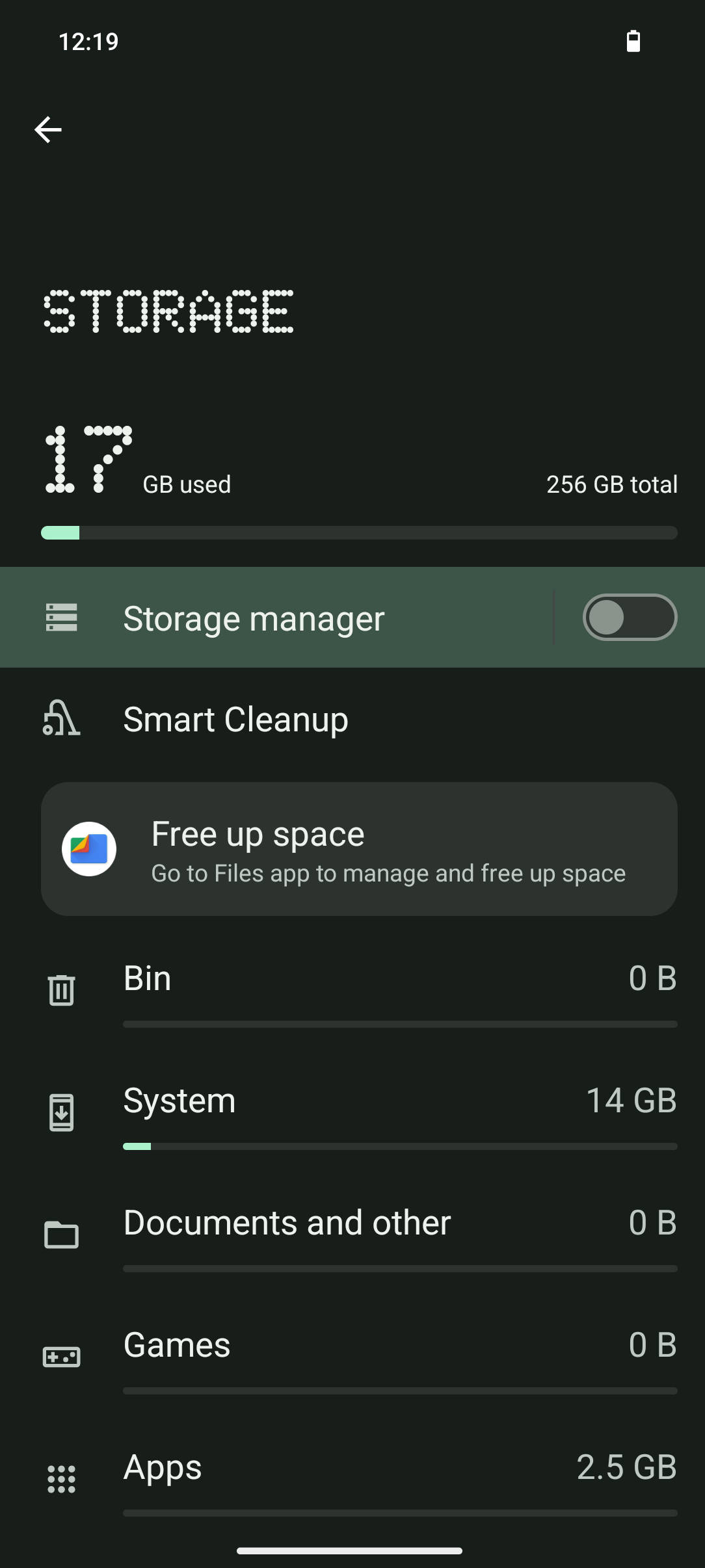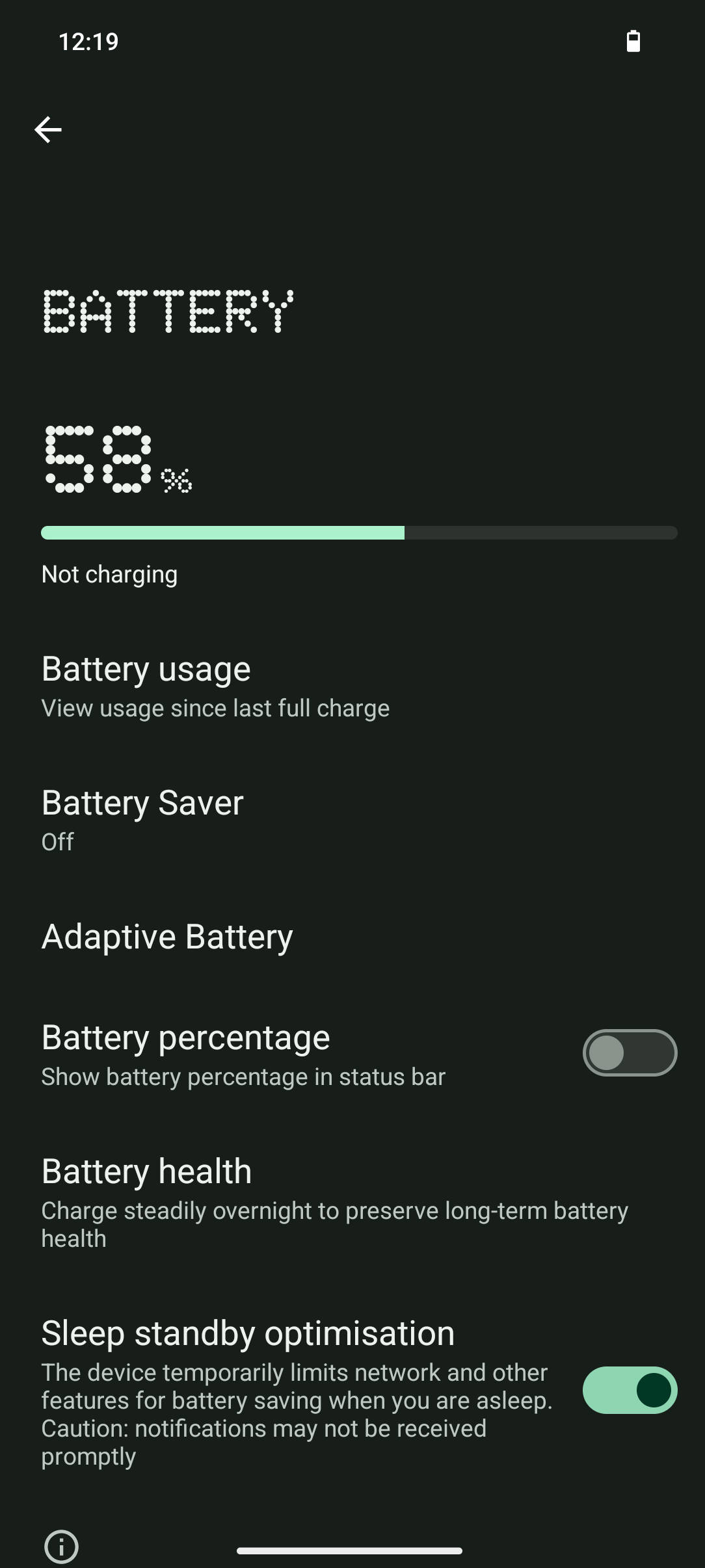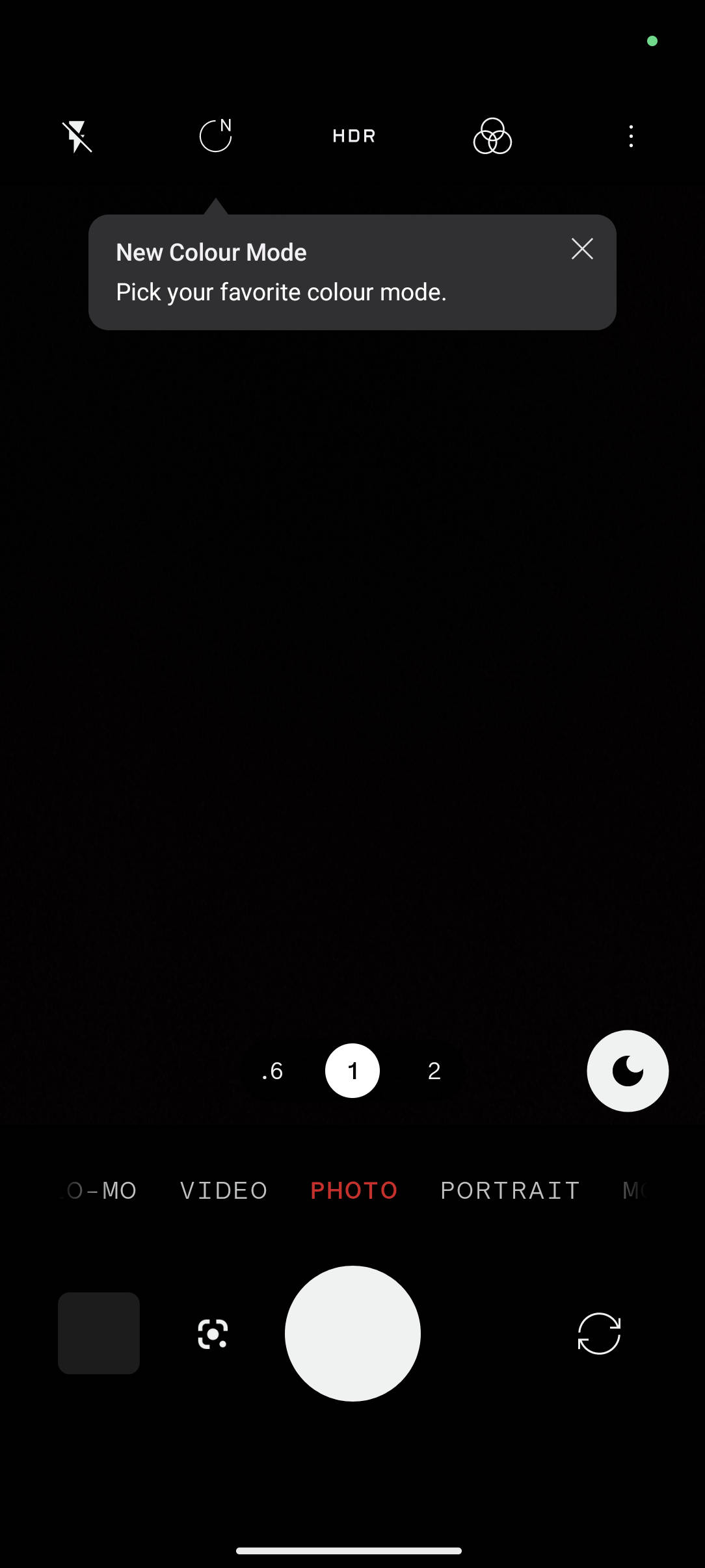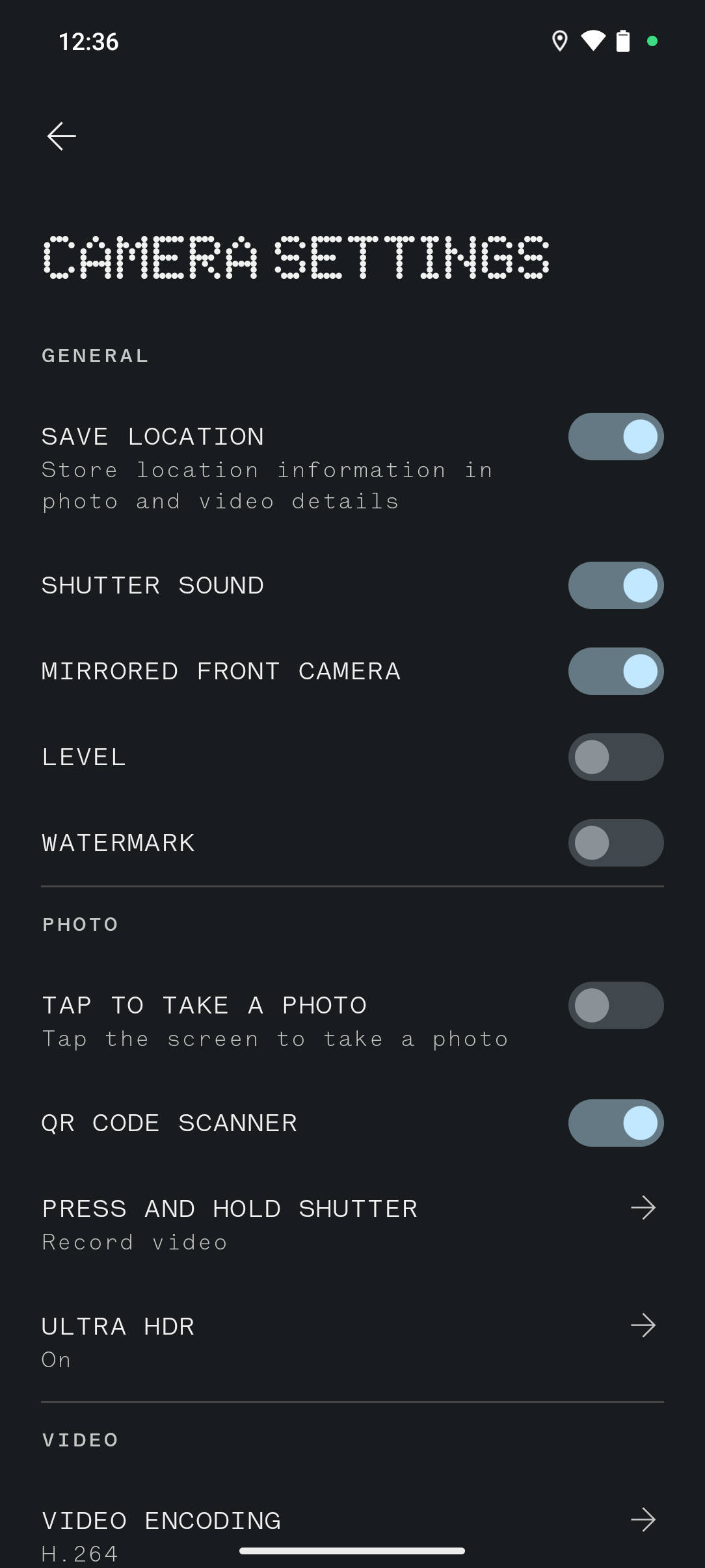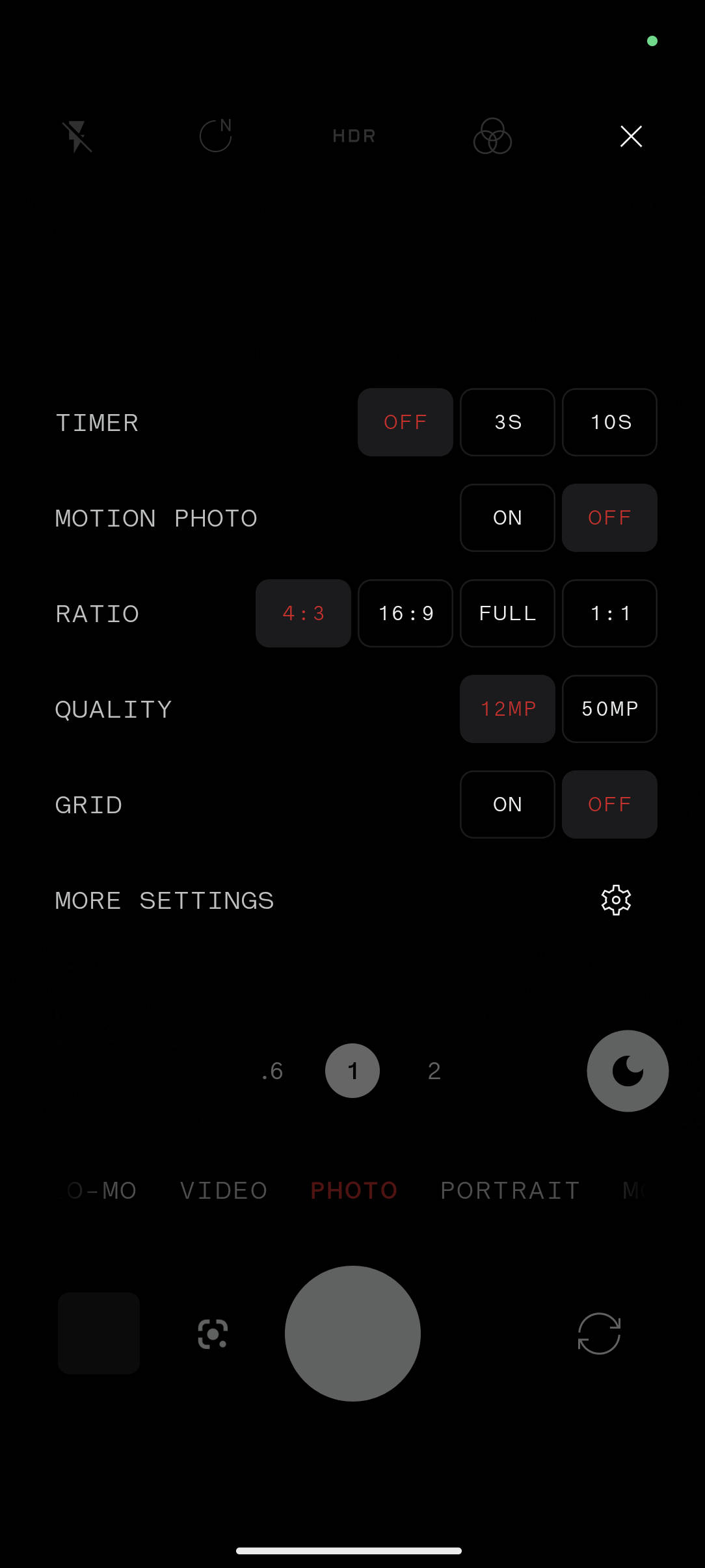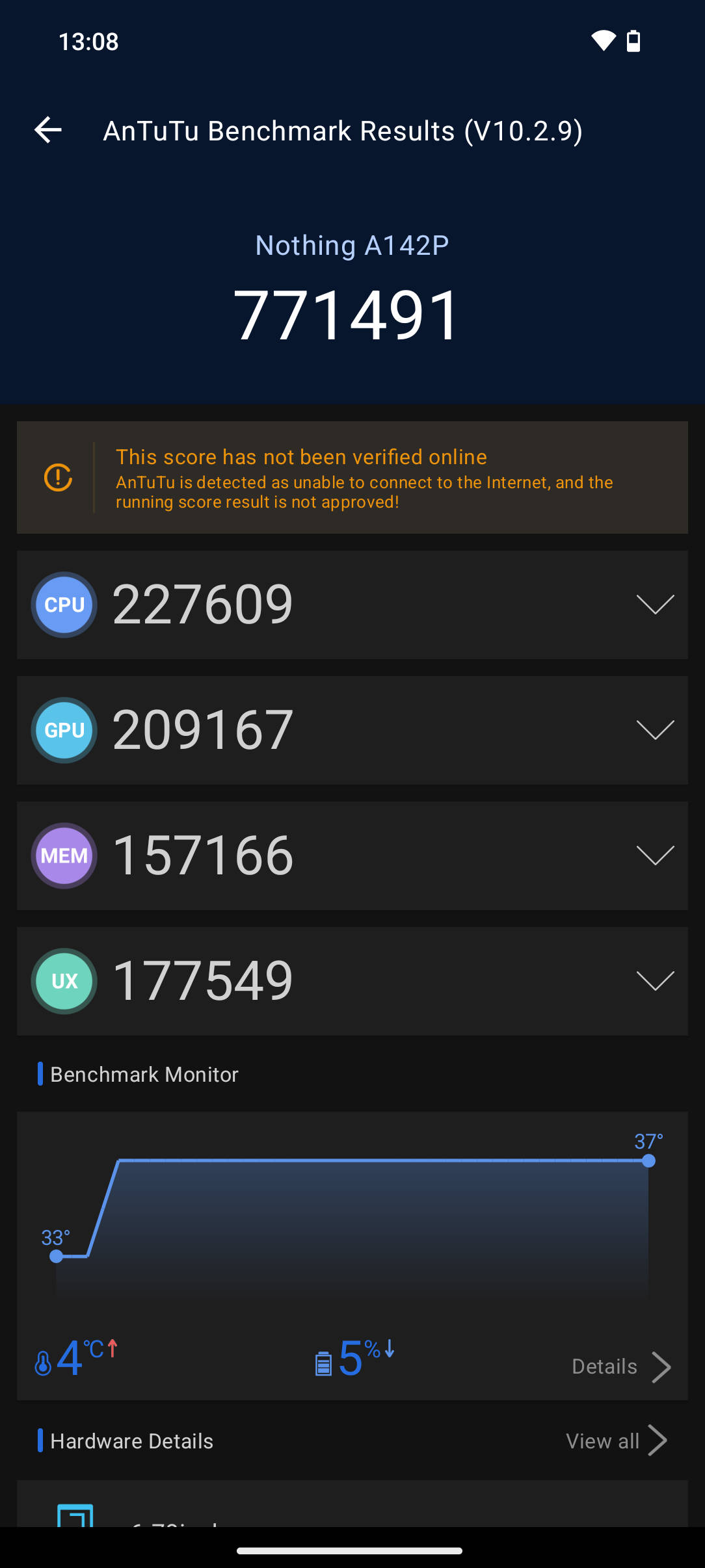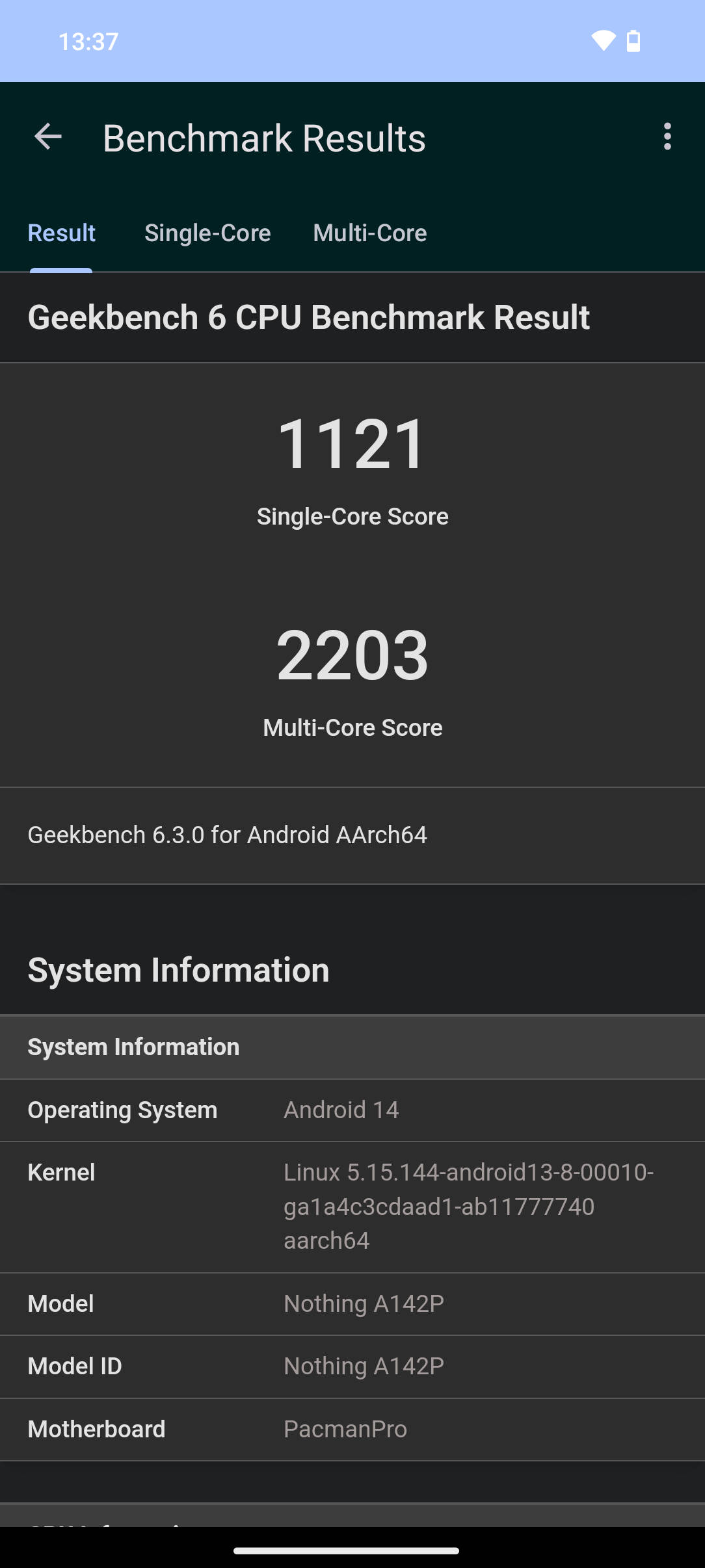
Pros:
- Good thermal performance
- Smooth gaming with minimal frame drops
- Handles day-to-day usage smoothly
Cons:
- Does not score high in synthetic benchmark tests
- FPS performance not as good as rivals
Powered by the MediaTek Dimensity 7300 chipset, the Vivo V40e (review) delivers a modest performance in synthetic benchmark tests. In real-world usage, however, it surpasses the more powerful Motorola Edge 50 and OnePlus Nord 4 due to its superior thermal management. The handset also handles everyday tasks with ease and also provides a smooth gaming experience with minimal frame drops. Overall, the Vivo V40e is a reliable performer that will deliver a balanced performance, especially while gaming.
Vivo V40e performance review at a glance:
| Category | Result |
| AnTuTu (evaluates overall performance) | Vivo V40e scored the lowest among the competitors, suggesting rivals, especially OnePlus Nord 4 will deliver better overall performance. |
| Geekbench (evaluates CPU performance) | Vivo V40e performed modestly, with its multi-core test better than the Nothing Phone (2a) Plus. |
| Burnout (tests performance throttling under stress) | The Vivo V40e lagged behind the Motorola Edge 50 in the CPU throttle test but outperformed the OnePlus Nord 4 and Nothing Phone (2a). |
| Gaming (tests real-world heating and FPS performance) | Nothing Phone (2a) Plus delivers superior gaming performance among rivals, followed by Vivo V40e during our lab test. |
Table of Contents
Introduction and process
The V40e is a watered-down version of the previously-launched Vivo V40 smartphone. The handset is priced in India under Rs 30,000 and competes with the likes of the Motorola Edge 50, OnePlus Nord 4, and Nothing Phone (2a) Plus. To assess the Vivo V40e’s performance, we put it to the test against these competitors in this detailed performance review, focusing on whether it holds up for power users.
We ran a variety of tests, from popular benchmark apps to gaming sessions, to evaluate each device’s CPU, GPU, thermal management, and throttling performance. Our tests include running synthetic benchmark apps like AnTuTu, Geekbench, and Burnout as well real-world temperature and frames per second (FPS) performance during gaming. Read on to find out where the Vivo V40e stands against its rivals.
AnTuTu
Winner: OnePlus Nord 4
AnTuTu is a globally recognised benchmarking app that simulates real-world use-cases to assess a smartphone’s CPU, GPU, memory, and overall user experience. It generates individual scores for each component, along with an aggregate total. A higher score indicates stronger performance in real-world usage.

The Vivo V40e delivered the lowest score on AnTuTu when compared to its competitors. For its price, the score feels underwhelming, especially with the OnePlus Nord 4 in the same segment achieving an impressive score of over 11 lakh. The OnePlus smartphone is significantly better than its rivals, not just the Vivo smartphone, excelling in every department be it processing capabilities, graphics, memory, and overall user experience.
That said, the Vivo V40e had a MEM score of 1,61,221, which means it should offer better memory performance than both Motorola Edge 50 and Nothing Phone (2a) Plus, which achieved 1,31,652 and 1,57,166 respectively.
Real world context: The AnTuTu test suggests the Nord 4 offers the best performance for any task. However, the Vivo V40e is no slouch though as we saw no noticeable lag during our usage, with app launches and multitasking occurring smoothly.
Geekbench
Winner: OnePlus Nord 4
Geekbench is a popular benchmarking app that analyses the CPU performance of a device. Much like AnTuTu, it automates a series of tasks to assess the efficiency of the CPU’s single and multiple cores. The single-core score assesses performance for lighter tasks such as web browsing and scrolling, whereas the multi-core score measures the capability to handle more demanding tasks like image editing.

The Vivo V40e lags behind its competitors on Geekbench’s single-core test, which suggests that it may not excel in handling lighter tasks. However, its multi-core performance appears to be more competitive – better than the Nothing Phone (2a) Plus.
Real world context: The Motorola Edge 50 and OnePlus Nord 4 are likely to outperform the Vivo smartphone when it comes to handling heavier tasks. This was apparent at least on the OnePlus Nord 4 while multitasking with multiple apps opened in the background. The OnePlus smartphone was more seamless while switching between the apps than the Vivo V40e and Motorola Edge 50.
CPU Throttle
Winner: Motorola Edge 50
The focus of the CPU throttle test is to see whether a device can maintain consistent performance without heating up and throttling. We conducted the test through the Burnout app, which puts the CPU, GPU, and NPU under intense test.

The OnePlus Nord 4, which performed the best on AnTuTu and Geekbench, throttled significantly on the CPU throttle Burnout test. The Motorola Edge 50 proved to be the most effective, followed by Vivo V40e and Nothing Phone (2a) Plus.
Real world context: Theoretically, this indicates the Motorola smartphone should be better at handling extensive activities like gaming while the Vivo V40e will be able to hold its own as well.
Gaming
Winner: Nothing Phone (2a) Plus
High-end games, in particular, push a device’s CPU and GPU to the limit. We chose popular titles like BGMI, Call of Duty, and Real Racing 3, playing each for 30 minutes on all four devices to measure thermal management and average frames per second (FPS). Good thermal management is crucial for maintaining peak performance without consuming too much power and significant frame drops, which can cause stuttering and disrupt gameplay.
FPS test
| Smartphones | Avg FPS after 30 minutes | ||
| BGMI | Call of Duty | Real Racing 3 | |
| Vivo V40e | 37.23 | 55.77 | 57.34 |
| Motorola Edge 50 | 35.37 | 52.74 | 56.5 |
| Nothing Phone (2a) Plus | 37.72 | 54.8 | 59.07 |
| OnePlus Nord 4 | 35.64 | 53.54 | 58.84 |
When it comes to FPS performance, the Nothing Phone (2a) Plus outshines its competitors. Except for Call of Duty, it consistently maintains a higher FPS than the Motorola Edge 50, OnePlus Nord 4, and Vivo V40e. Surprisingly, despite its higher AnTuTu and Geekbench scores, the OnePlus Nord 4 struggles with a lower FPS than the Vivo V40e, particularly in BGMI and Real Racing 3. The Vivo smartphone also holds an advantage over the Motorola Edge 50.
Temperature test
| Smartphones | Temperature increase | ||
| BGMI | Call of Duty | Real Racing 3 | |
| Vivo V40e | 5.1 degrees | 3.2 degrees | 4 degrees |
| Motorola Edge 50 | 8.3 degrees | 9.2 degrees | 6 degrees |
| Nothing Phone (2a) Plus | 4.2 degrees | 5.2 degrees | 2.8 degrees |
| OnePlus Nord 4 | 8.8 degrees | 10.2 degrees | 4.4 degrees |
We can also vouch for the Vivo V40e thermal management. After playing the game for 30 minutes, the handset heated up by 12.3 degrees on aggregate, which is just 0.1 degrees more than the Nothing Phone (2a) Plus. The Motorola Edge 50 and OnePlus Nord 4 heated substantially by 23.5 and 23.4 degrees respectively. However, it is worth mentioning that the OnePlus smartphone boasts an all-metal body which unlike plastic has a high thermal conductivity.
Final verdict
The Vivo V40e may not be an outright winner in any category, but it delivers a balanced performance in most scenarios. The handset manages to hold its own in real-world tasks such as gaming, despite its underwhelming benchmark performance. The Vivo V40e’s strength lies in its thermal management and respectable multi-core performance, making it a reliable option for everyday usage and extended sessions of gaming without significant overheating. We came across no noticeable stutter or lags while playing games on this device.
Moreover, the handset performs seamlessly for regular activities such as browsing, social media scrolling, video streaming, and other activities.
- If sheer performance is your priority, the OnePlus Nord 4 (review) stands out, dominating benchmarks, CPU power, and multi-core performance.
- Meanwhile, the Nothing Phone (2a) Plus (review) offers superior gaming performance with impressive thermal management. Both these smartphones should appeal to power users.
- The Motorola Edge 50 (review) is a reliable choice for everyday users for its asking price.
| Phones | Starting price |
| Vivo V40e | Rs 28,999 |
| Motorola Edge 50 | Rs 27,999 |
| Nothing Phone (2a) Plus | Rs 27,999 |
| OnePlus Nord 4 | Rs 29,999 |


